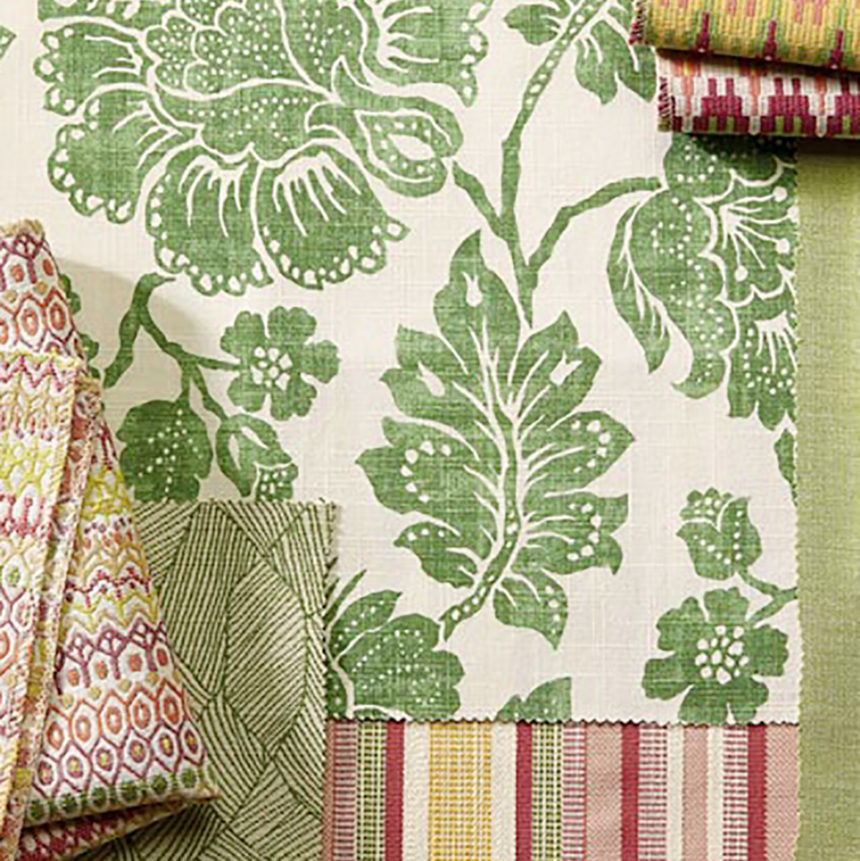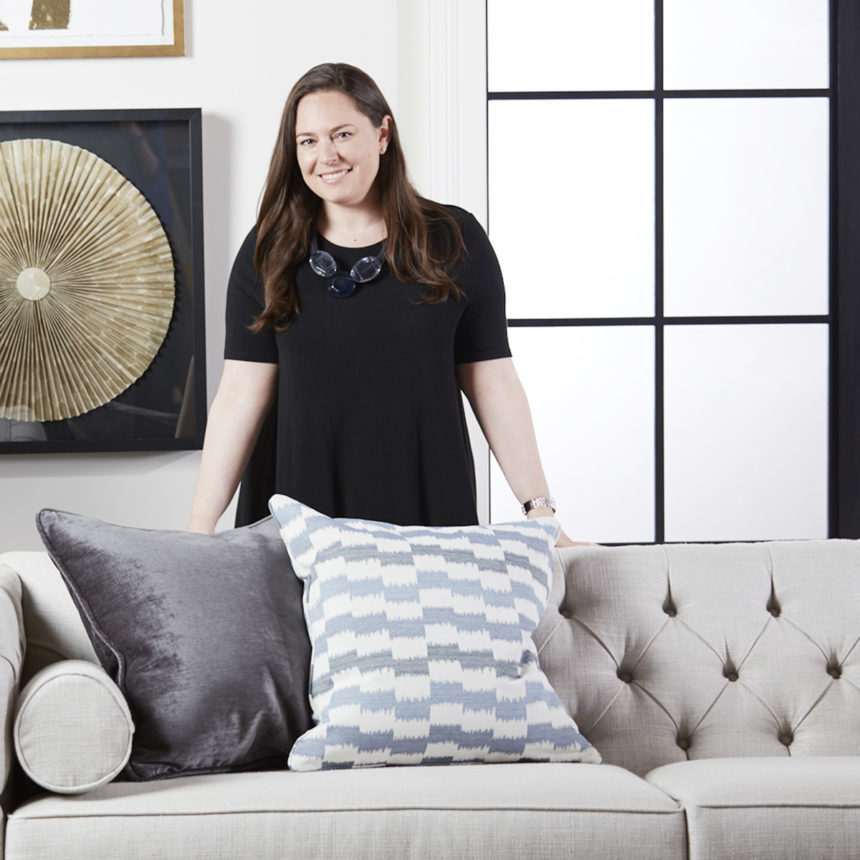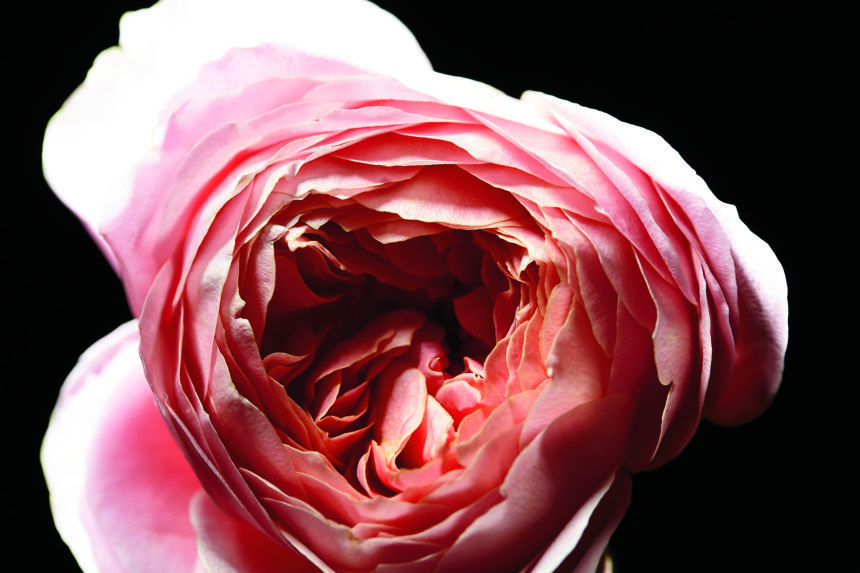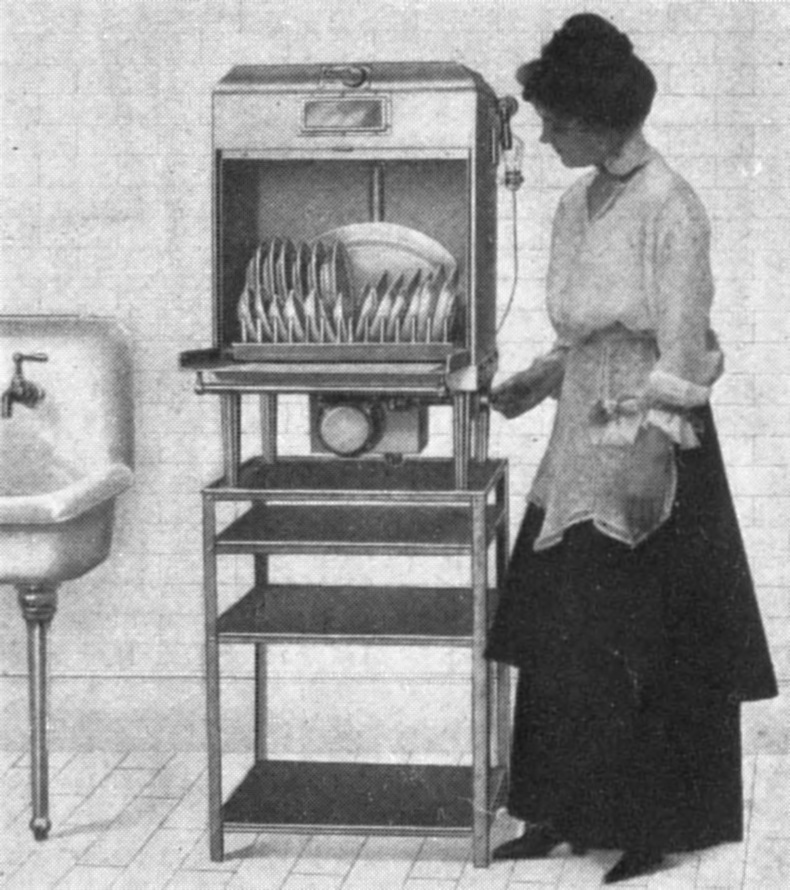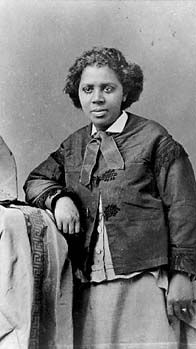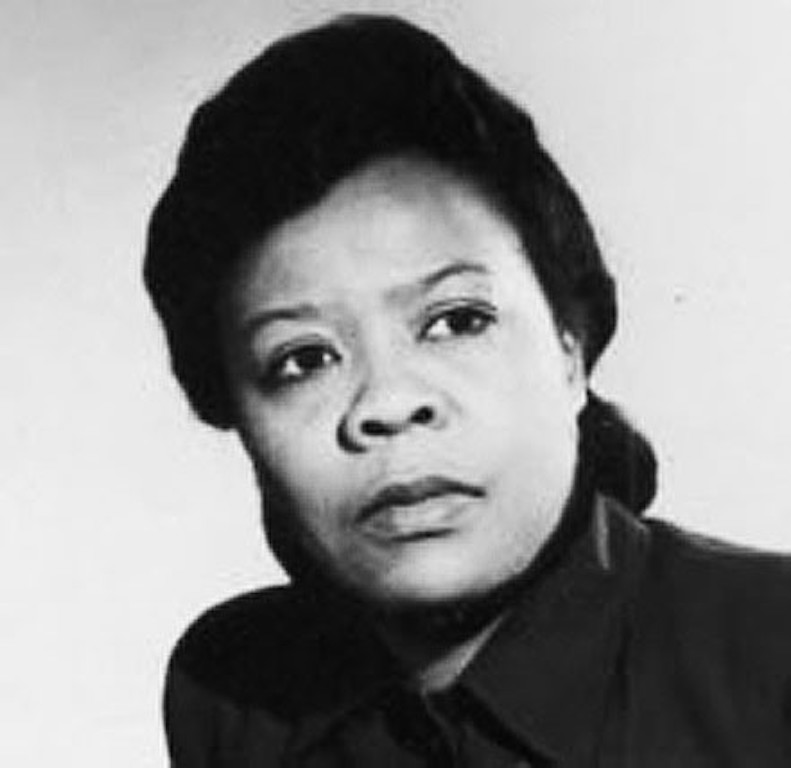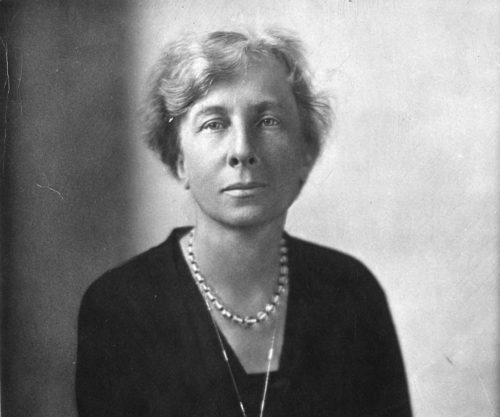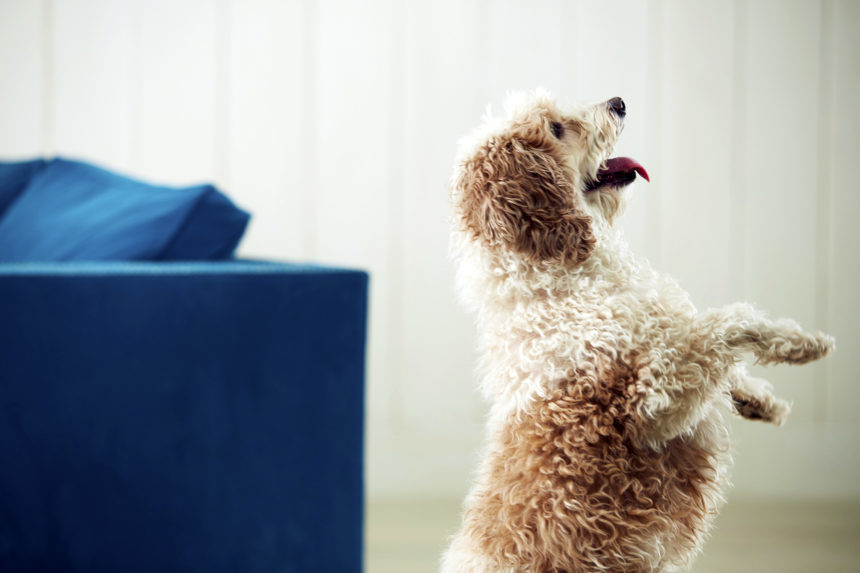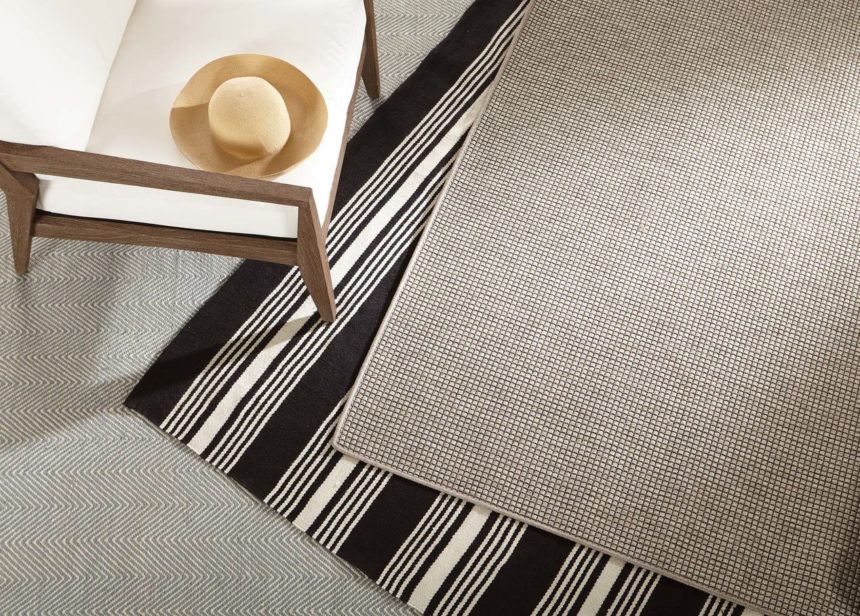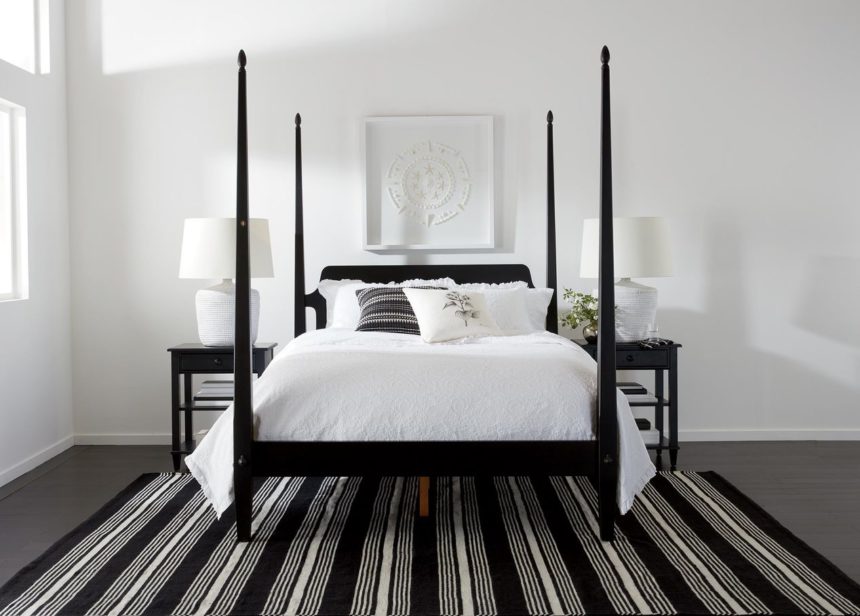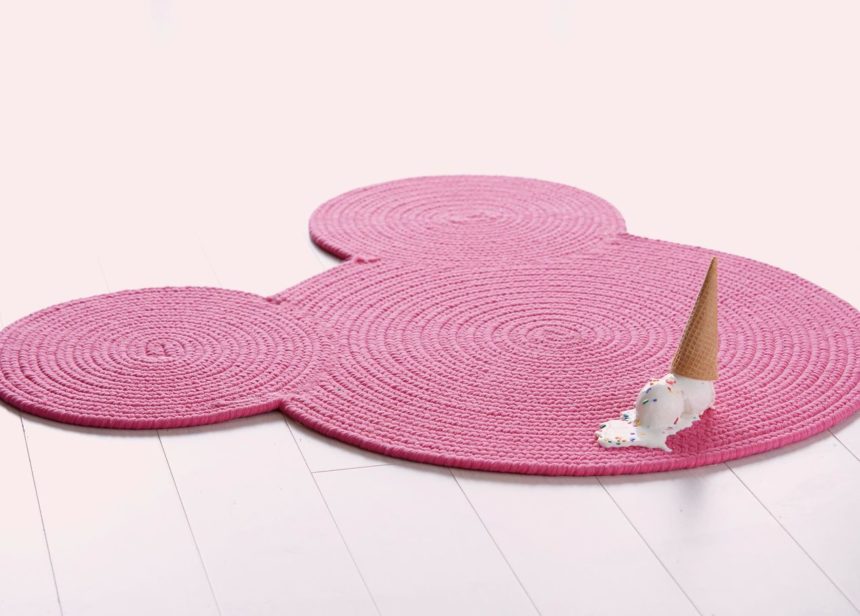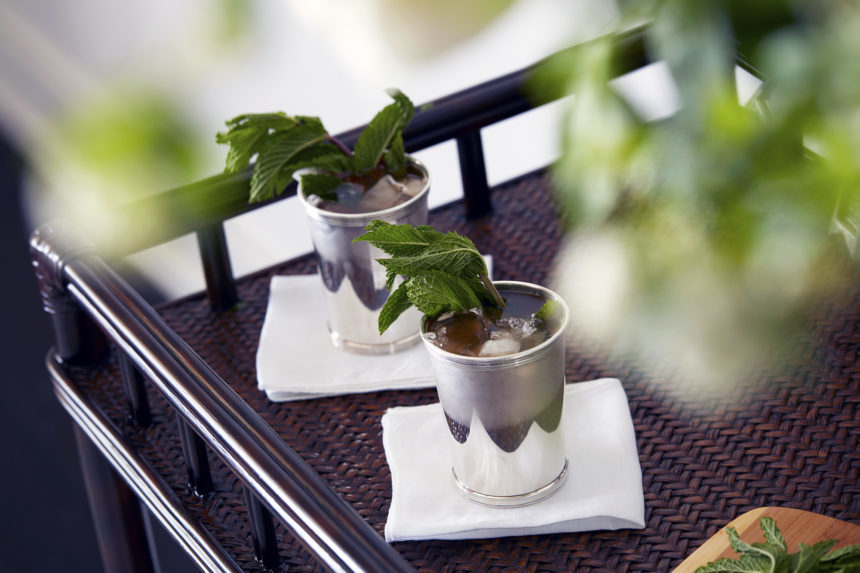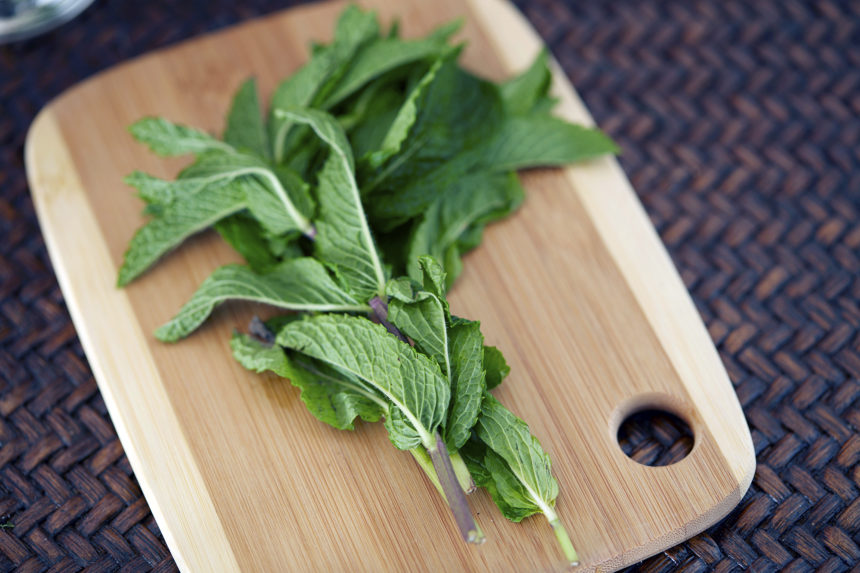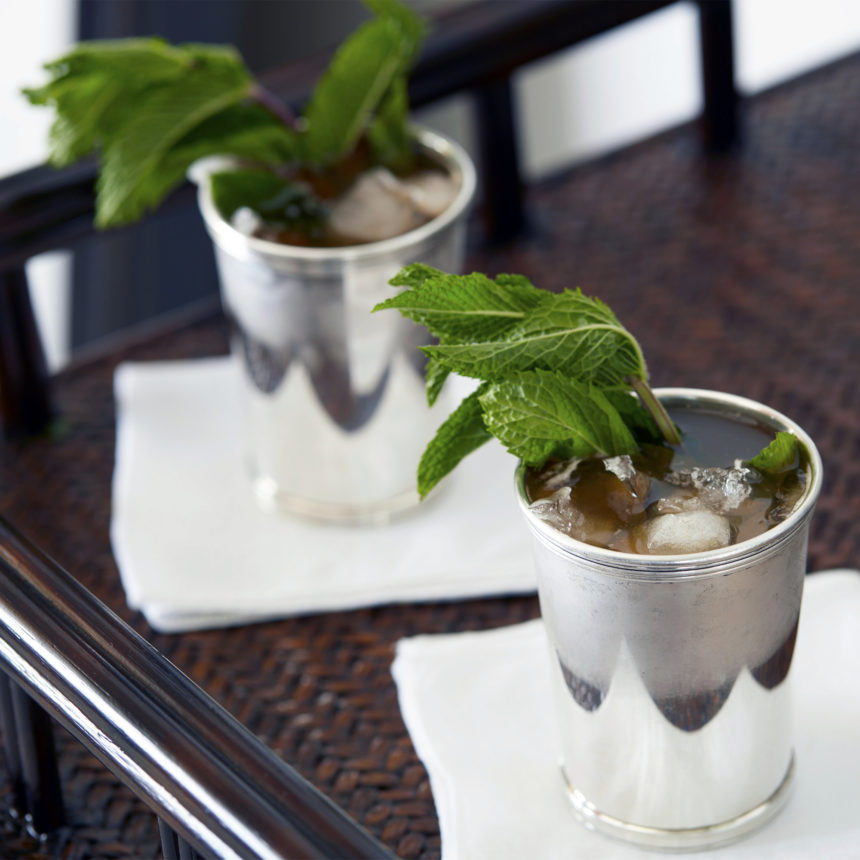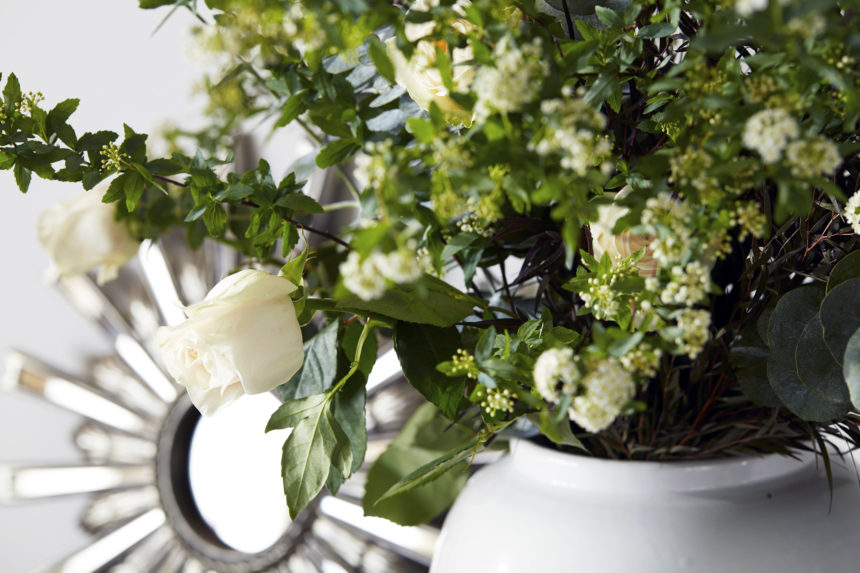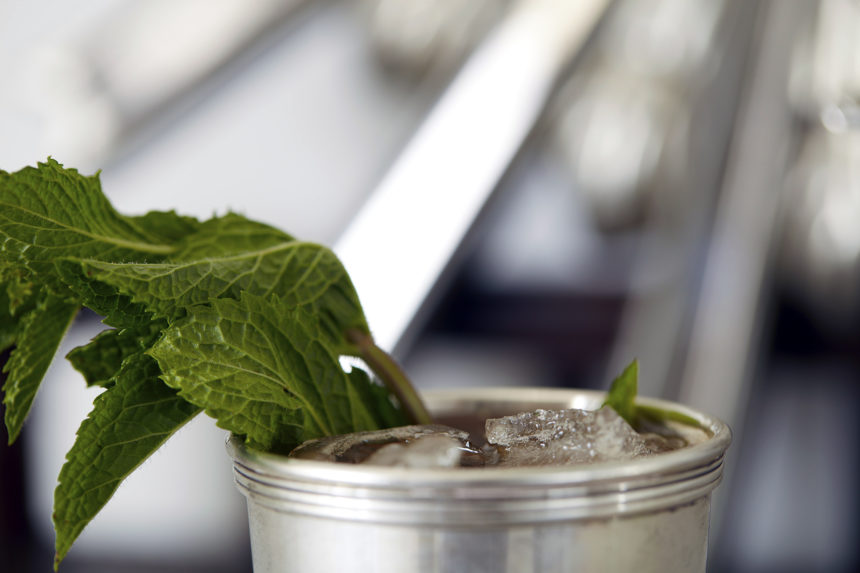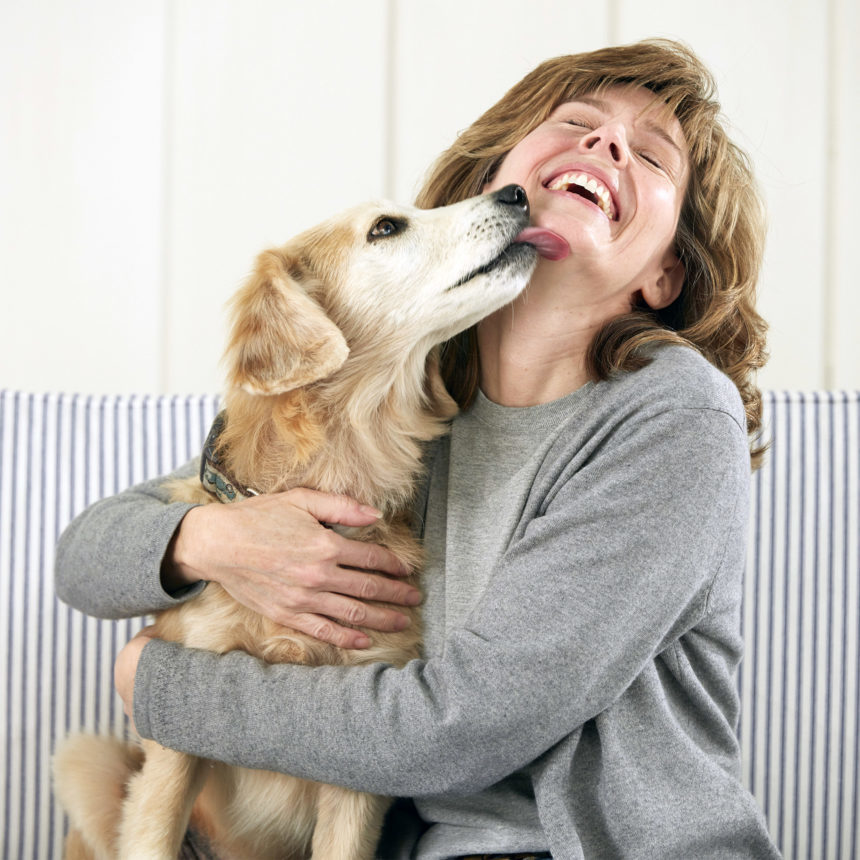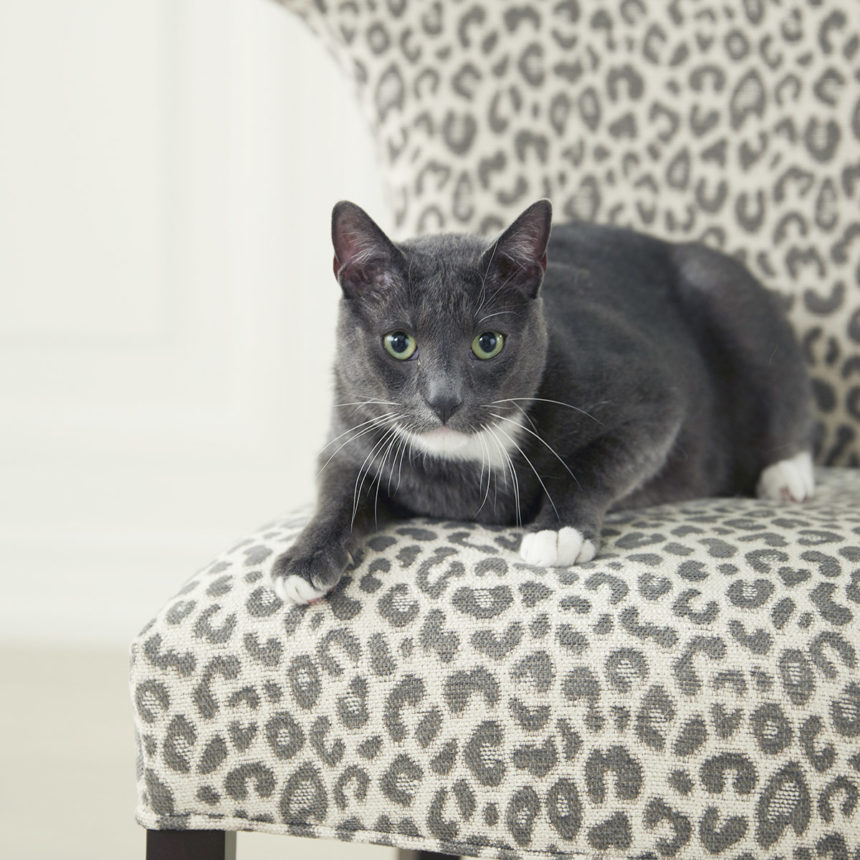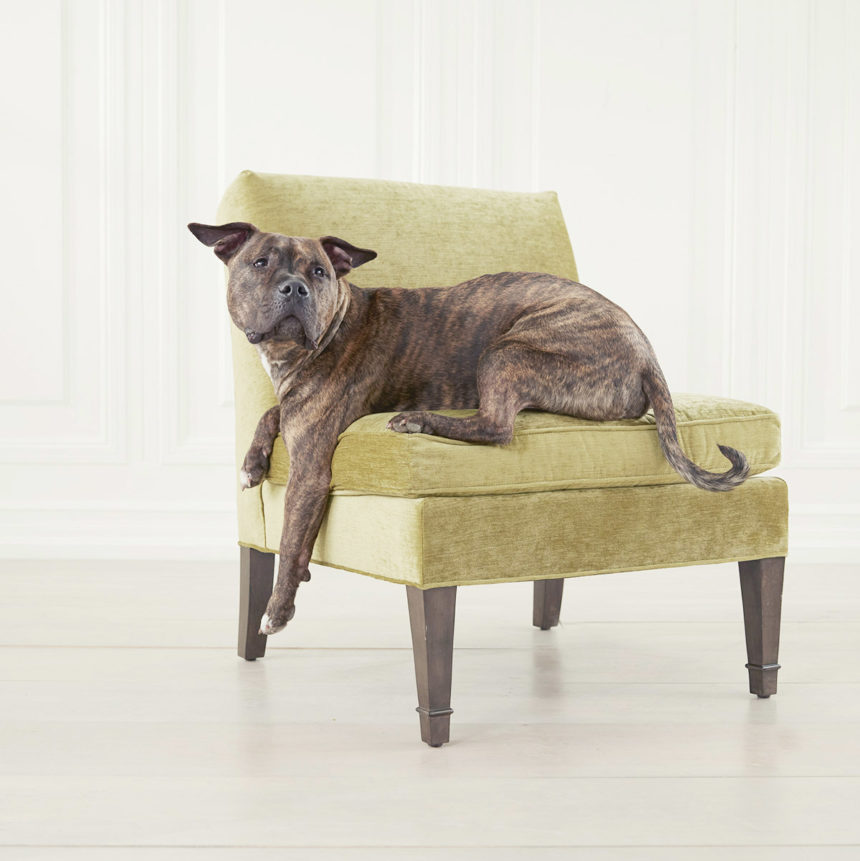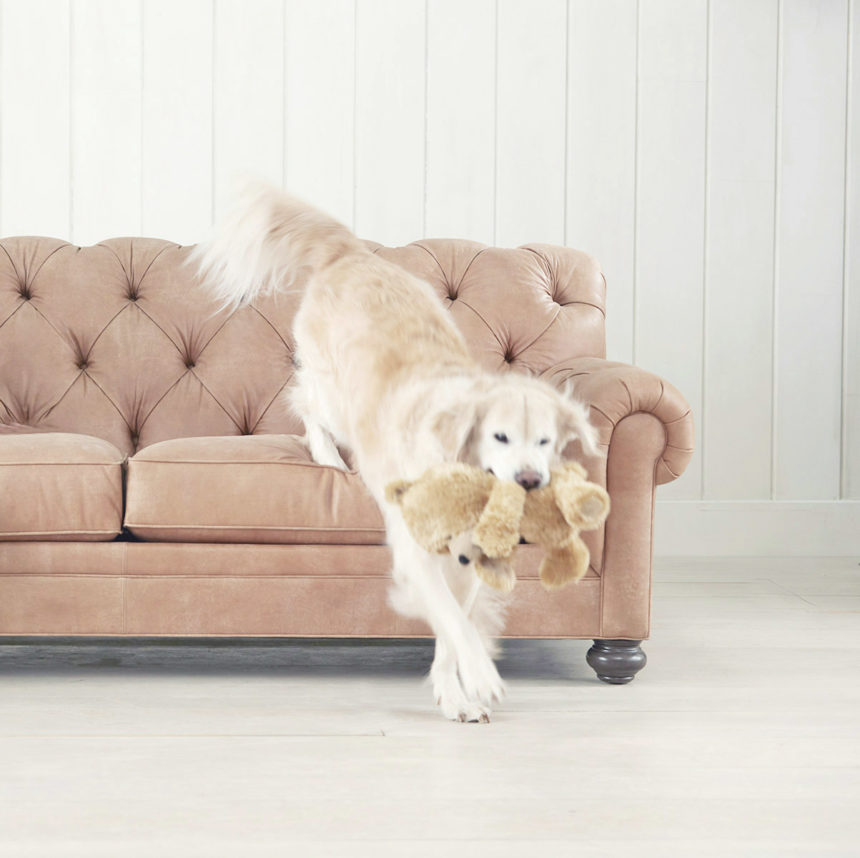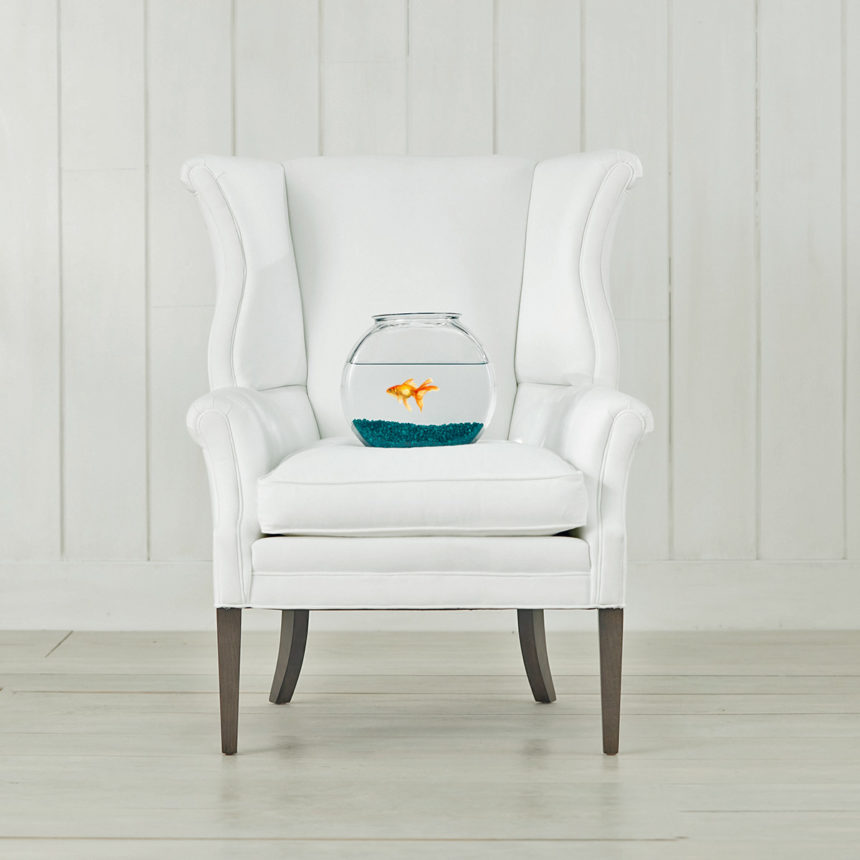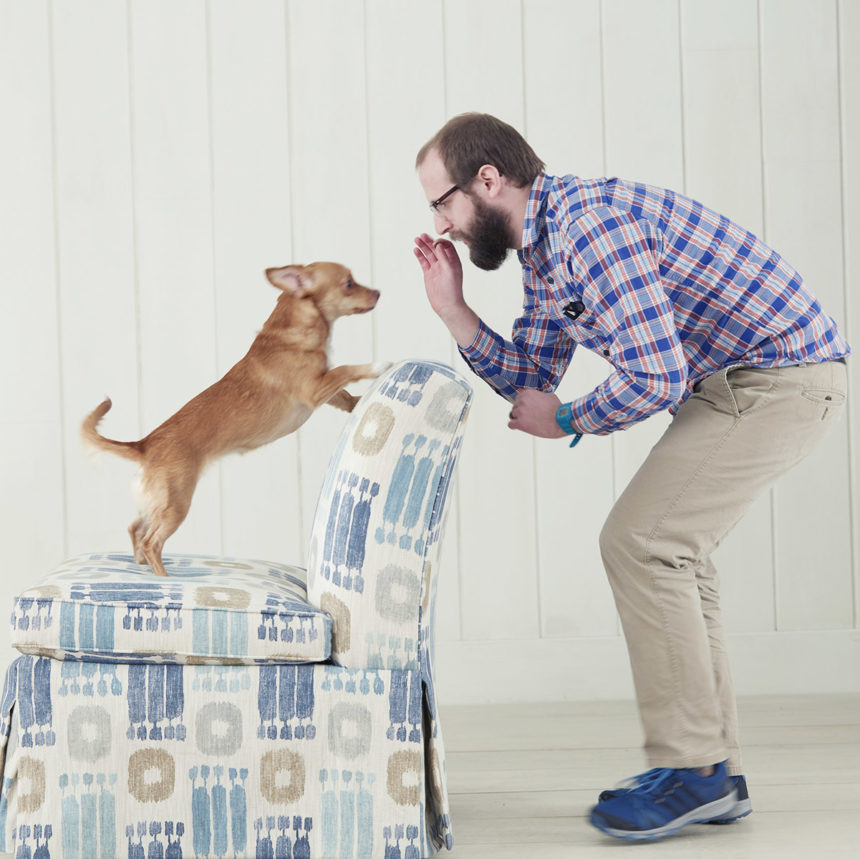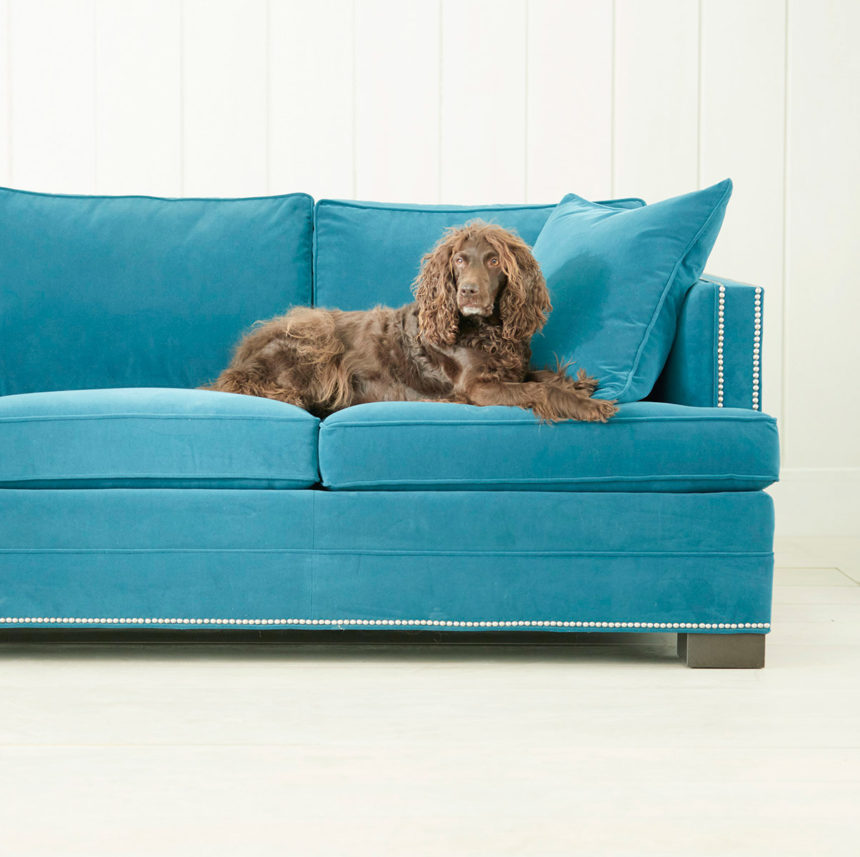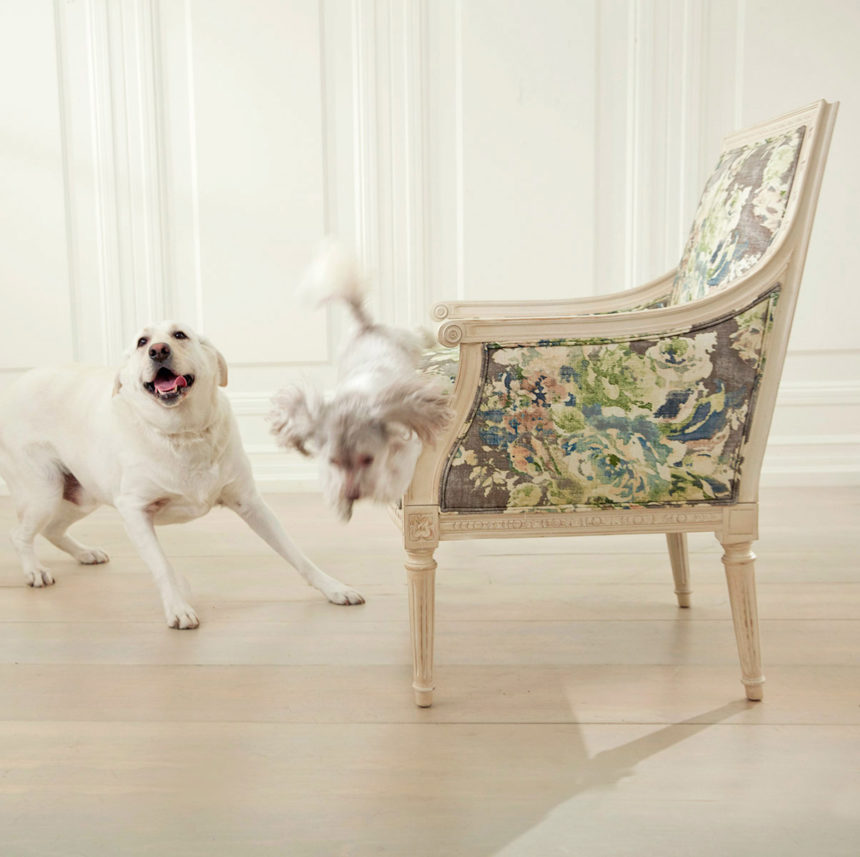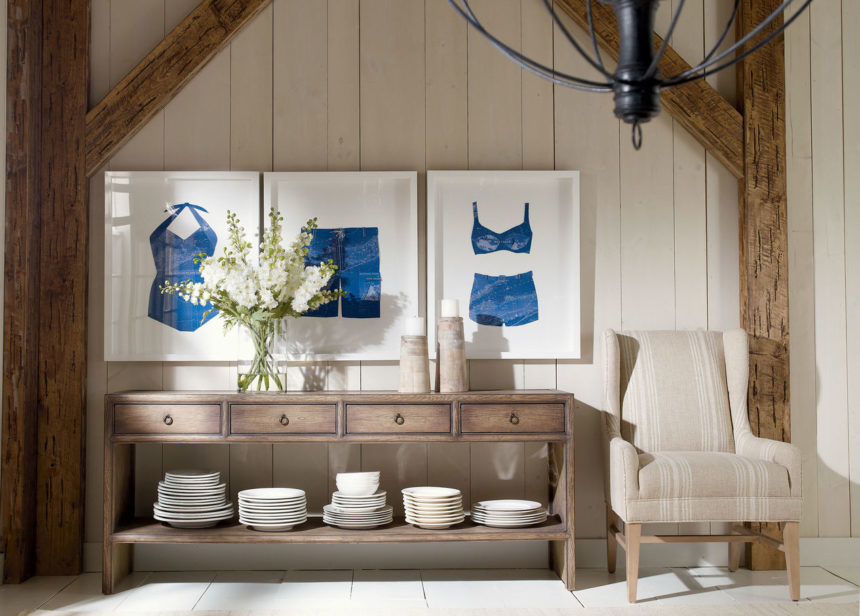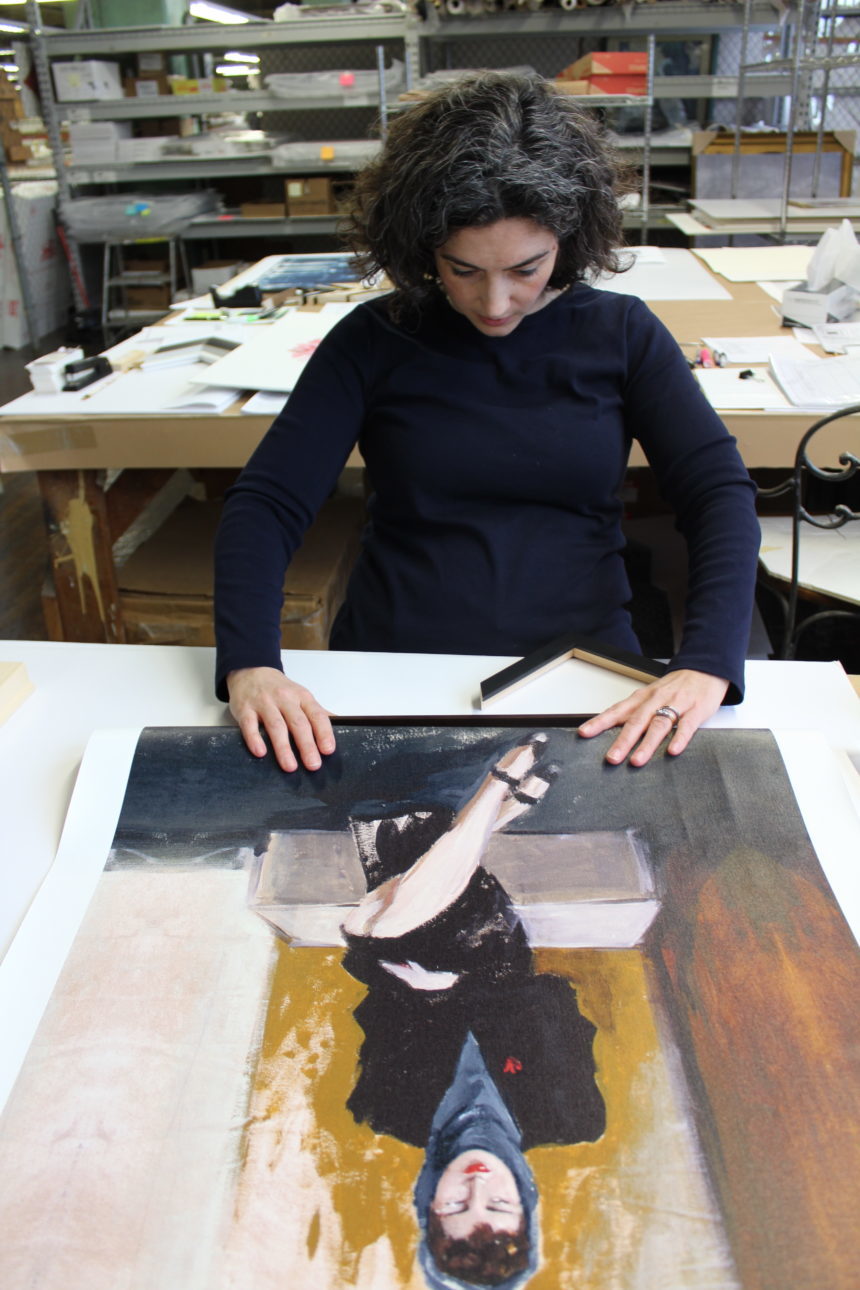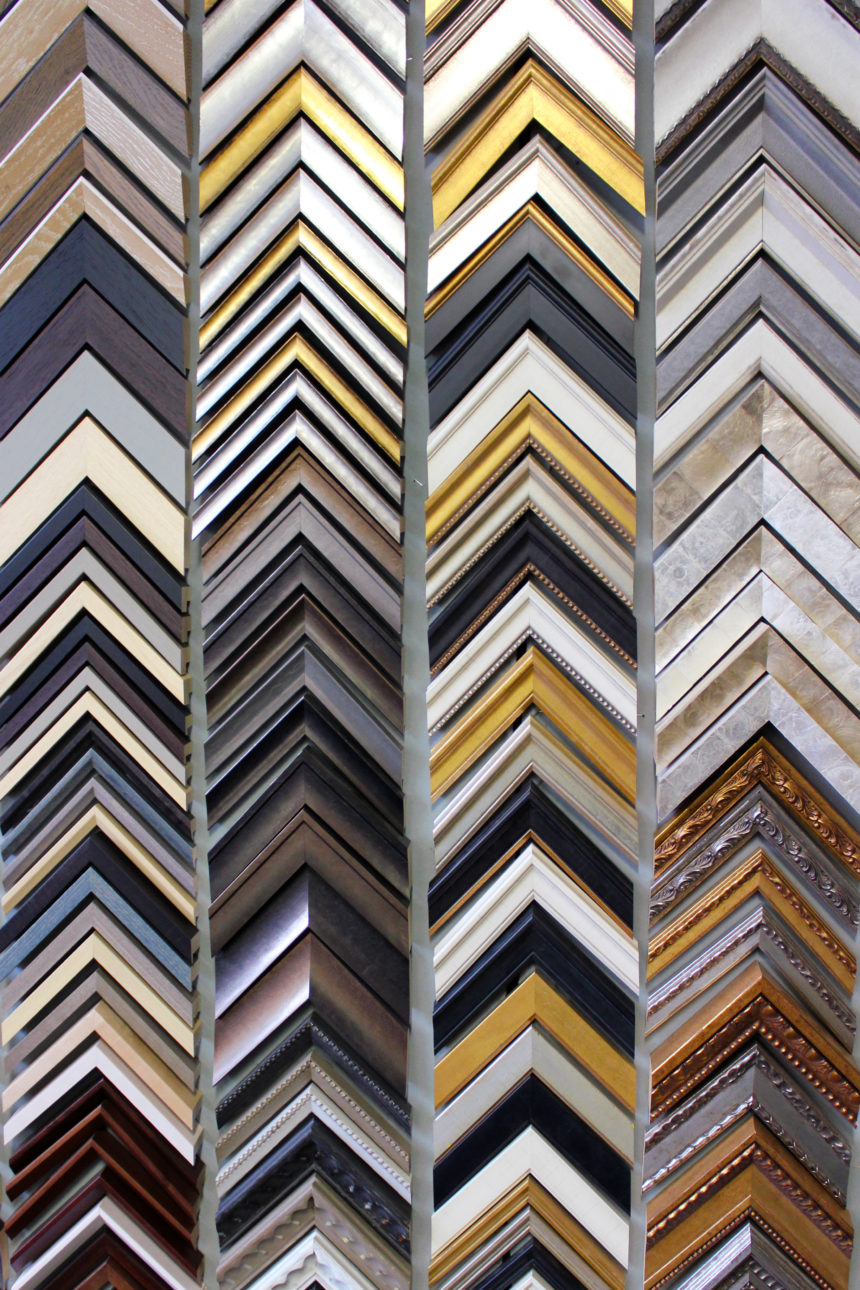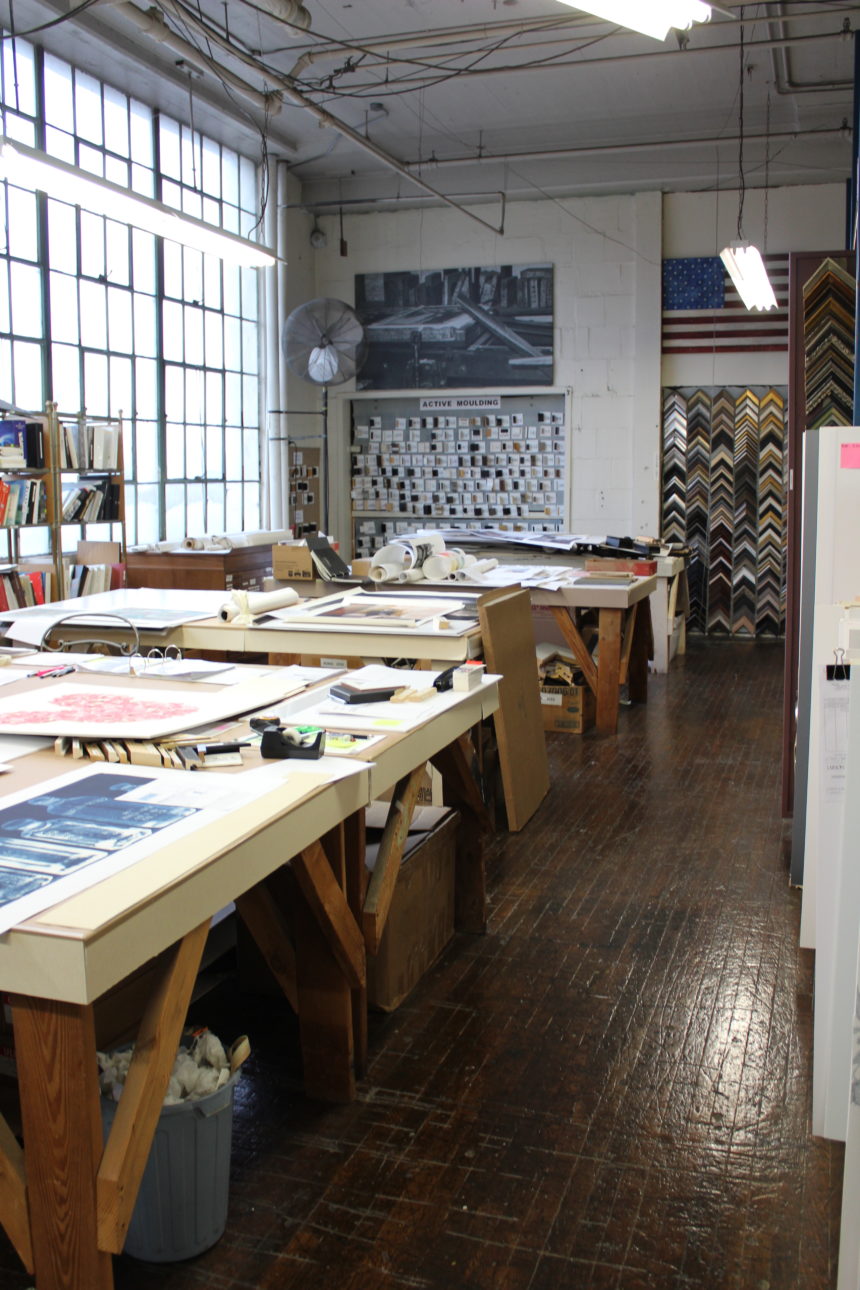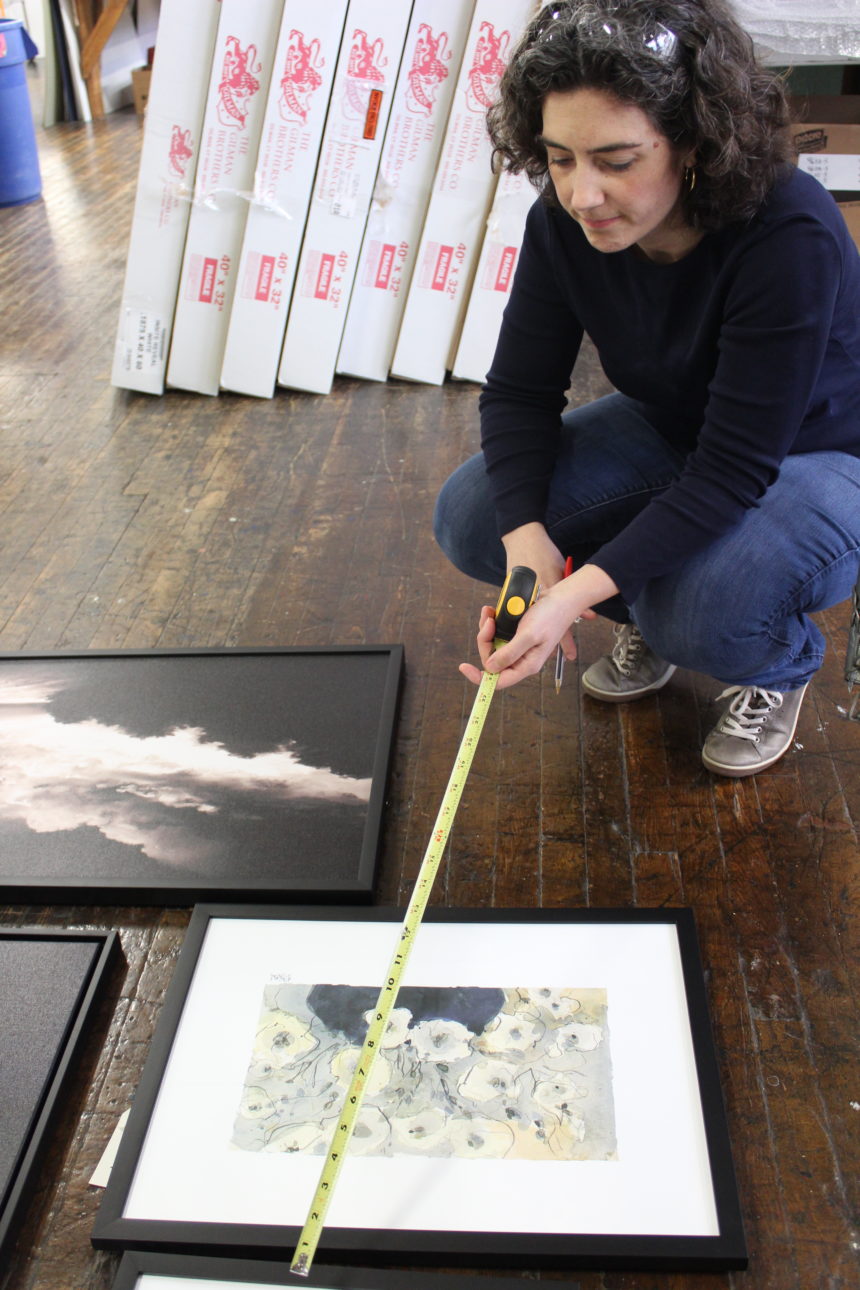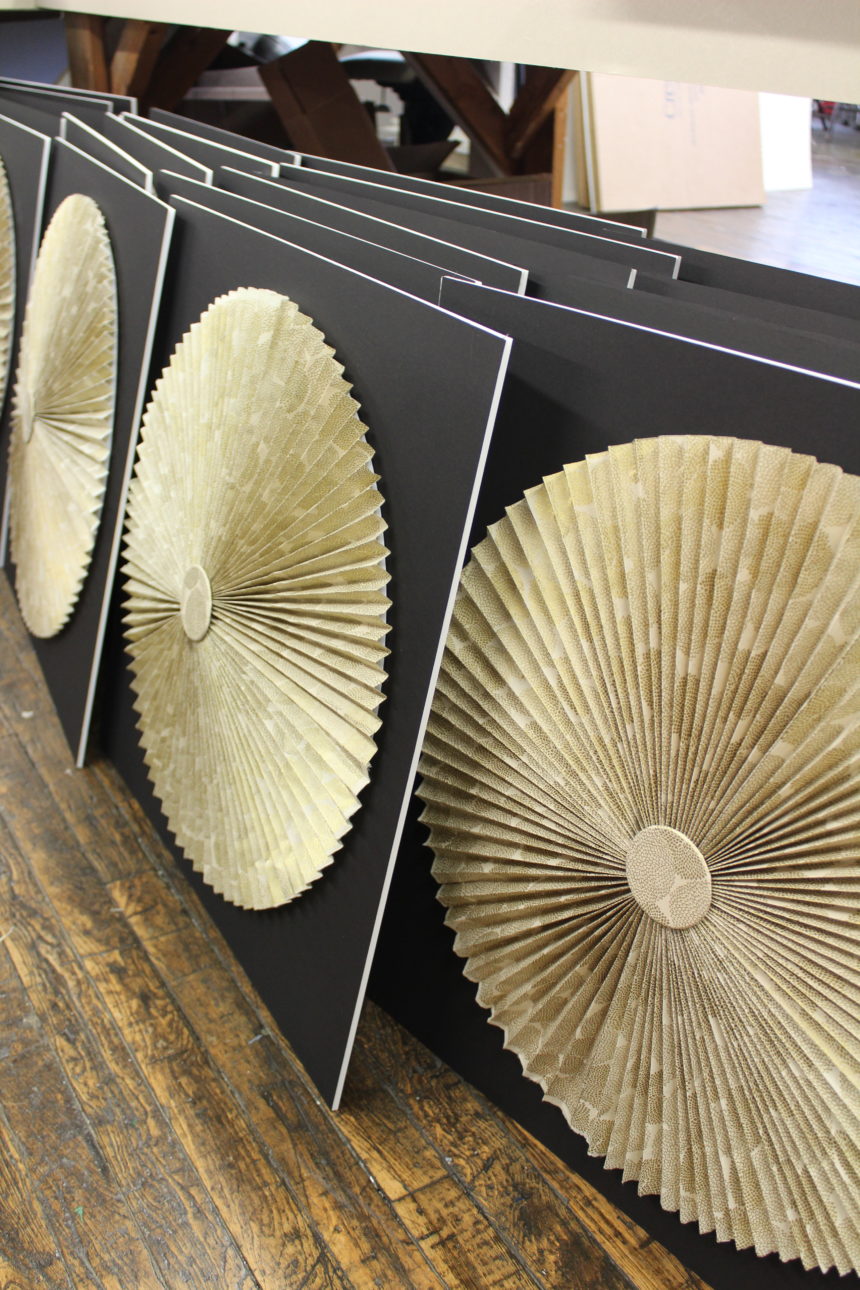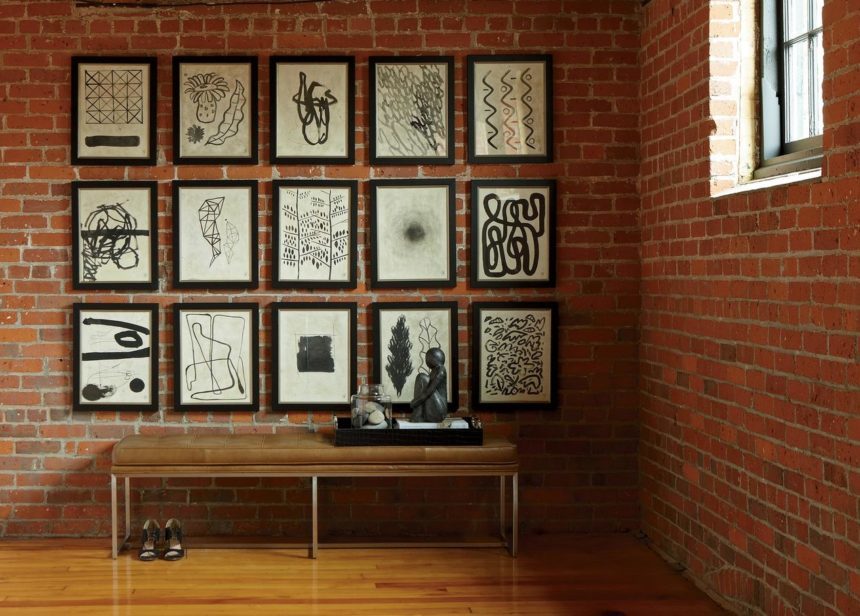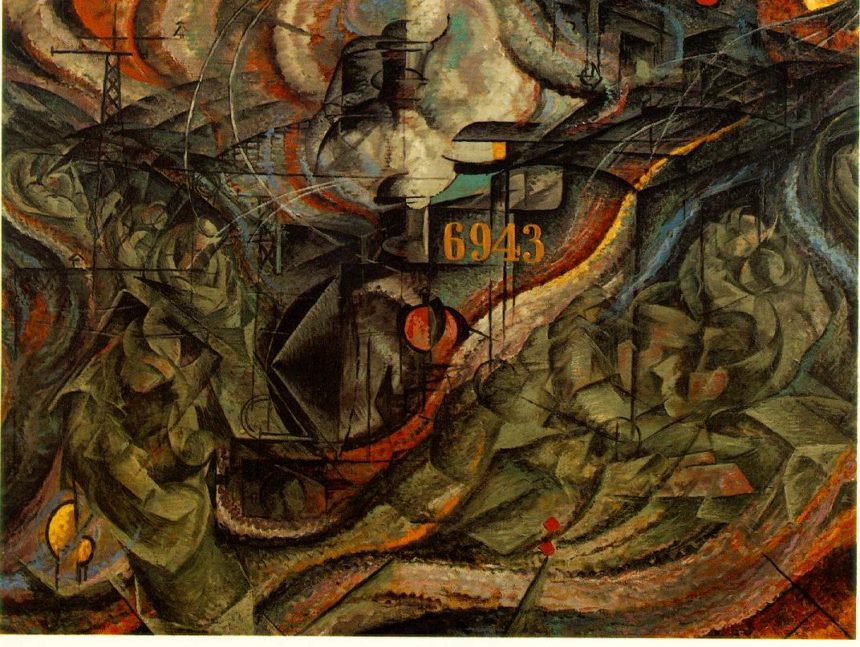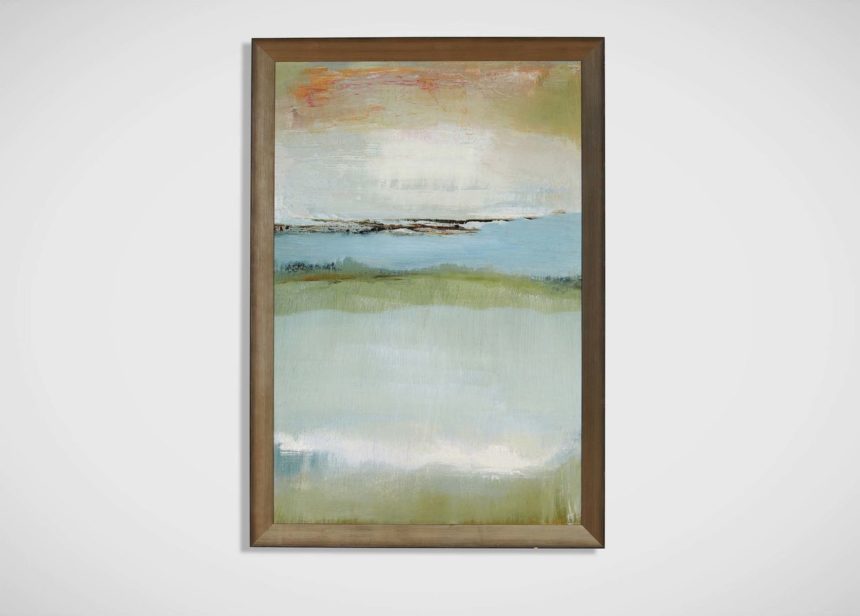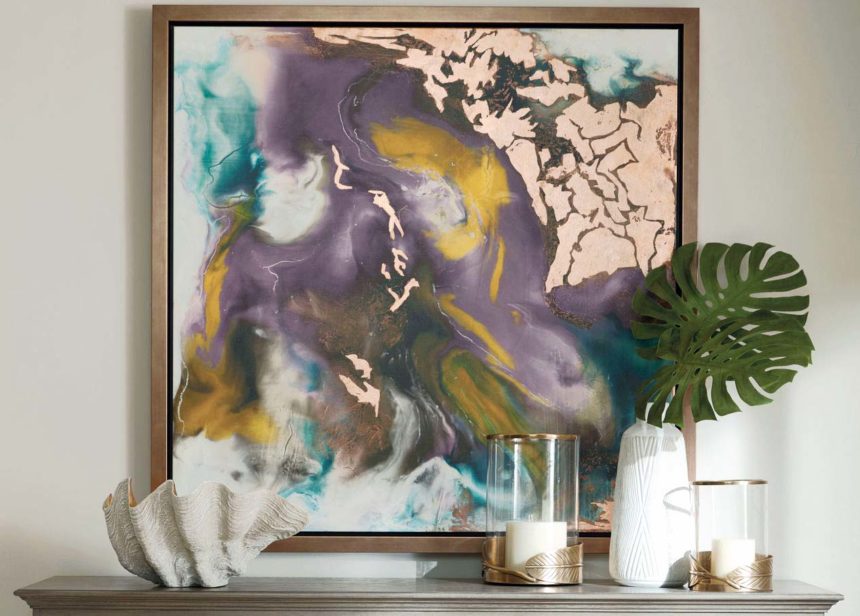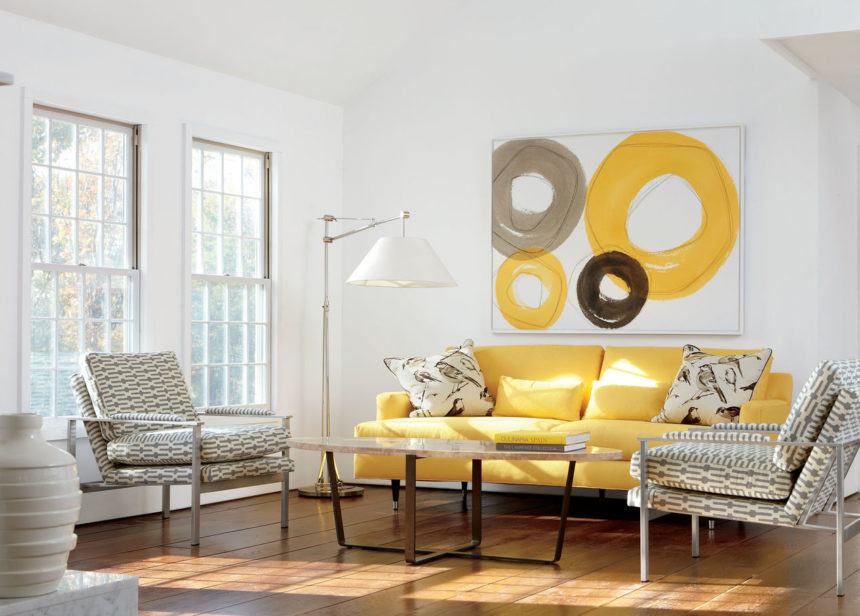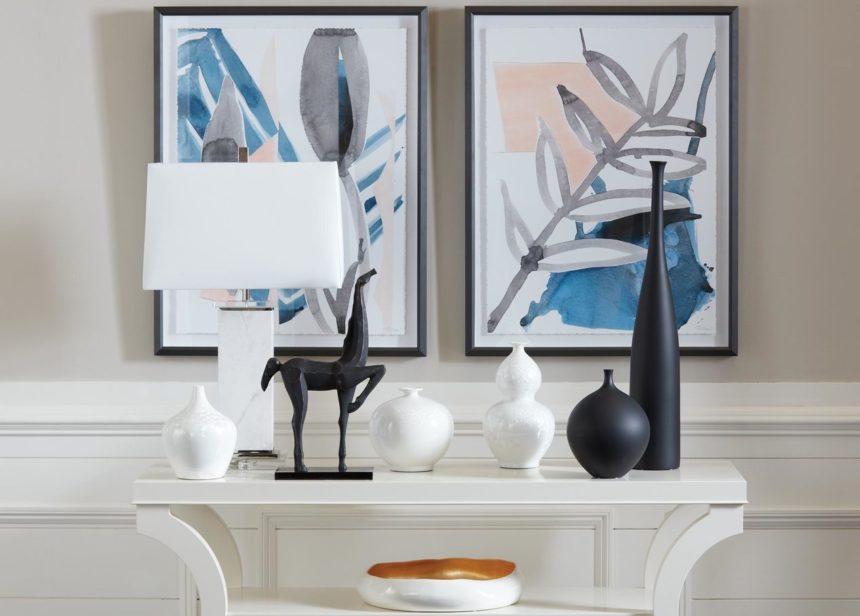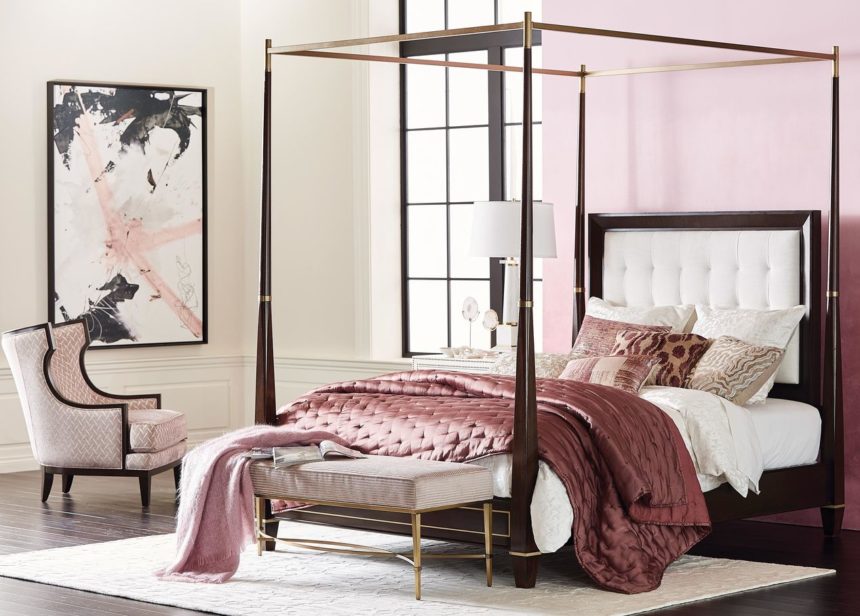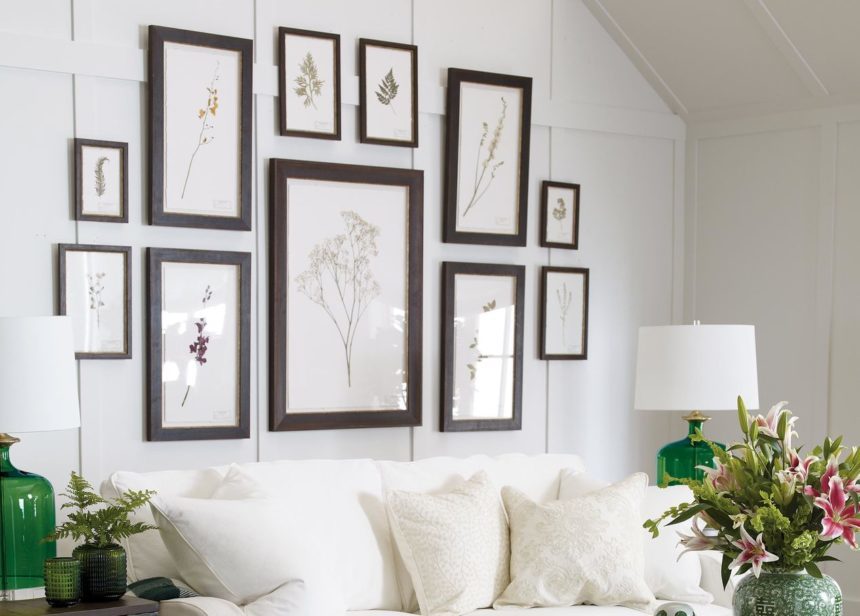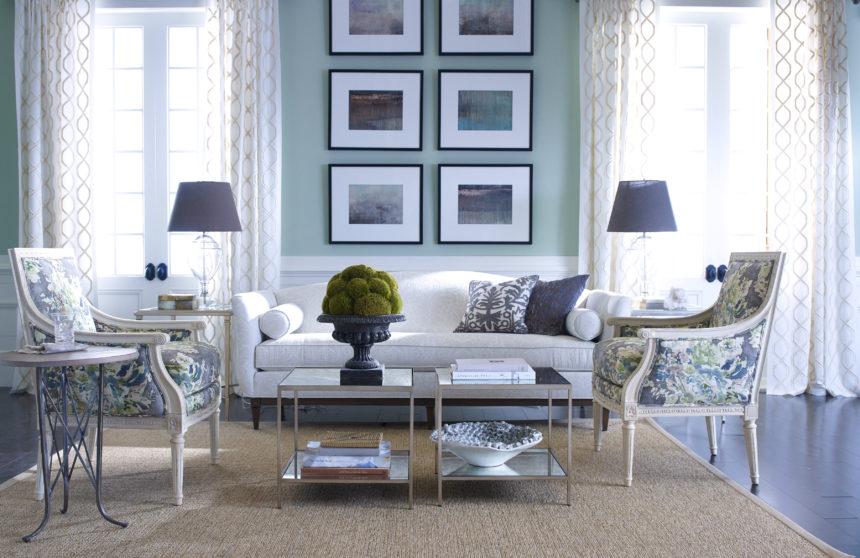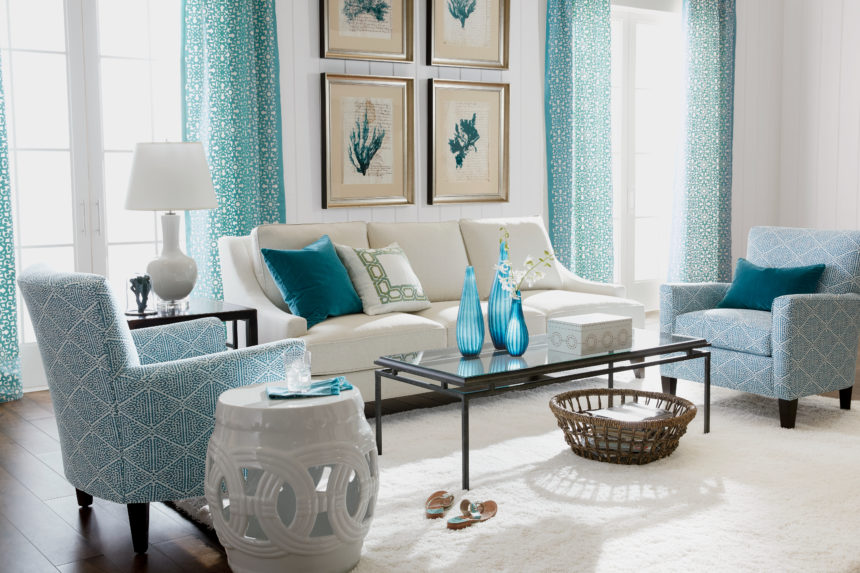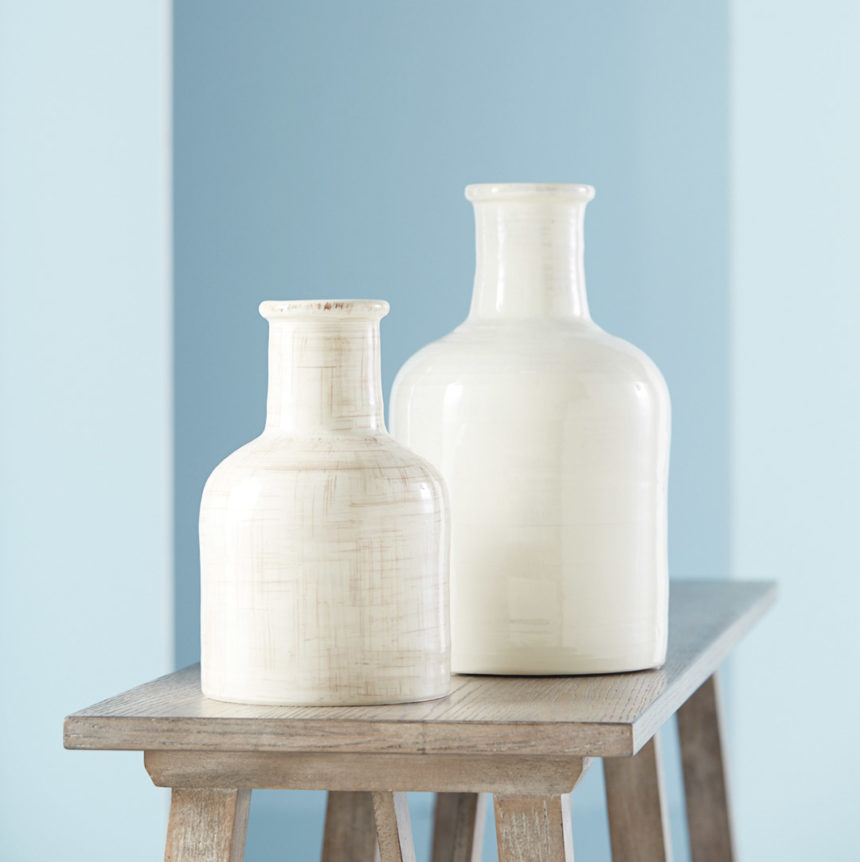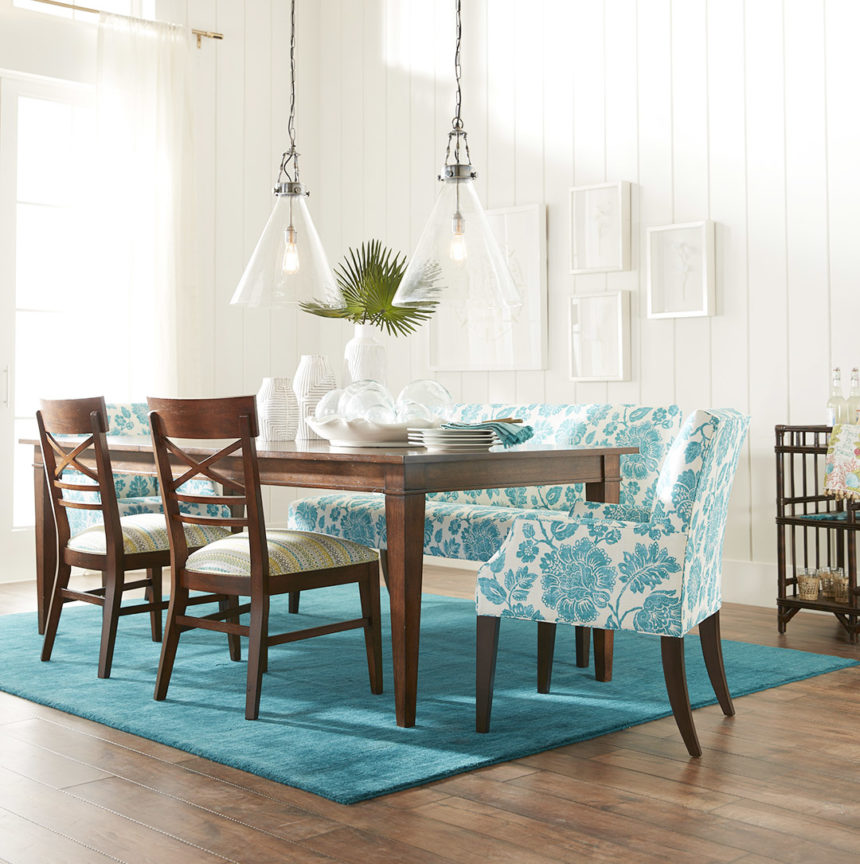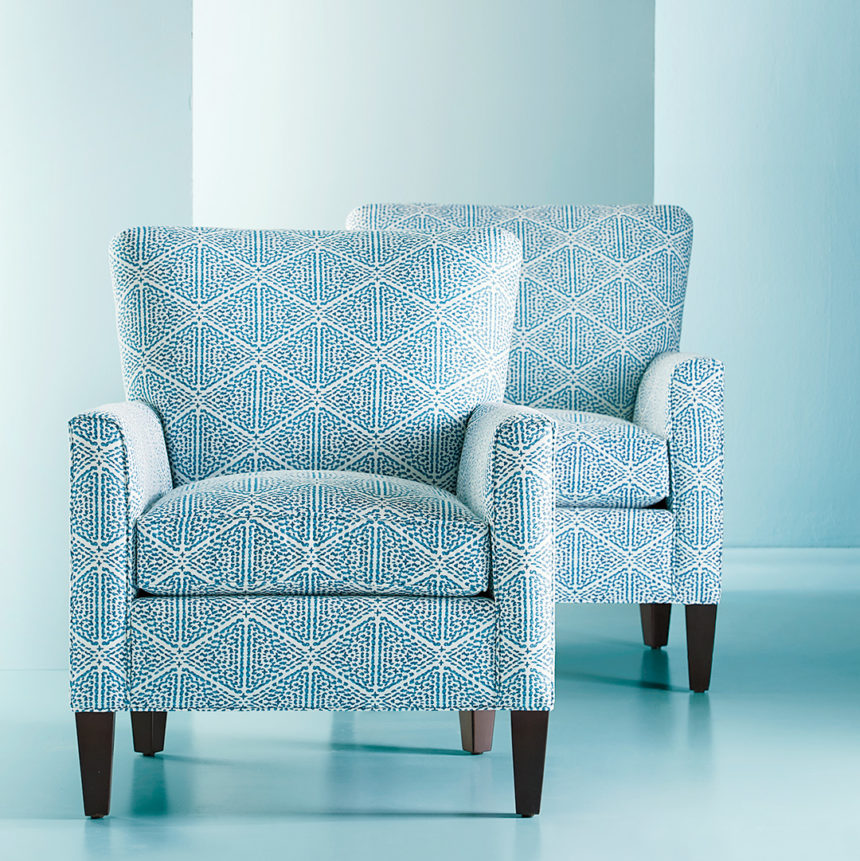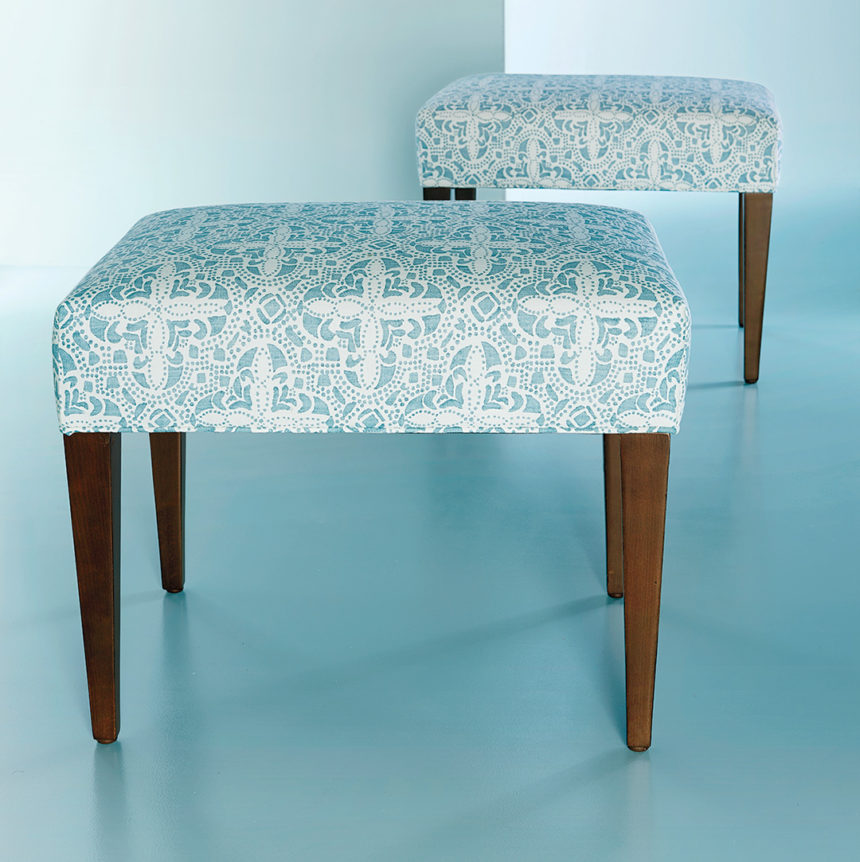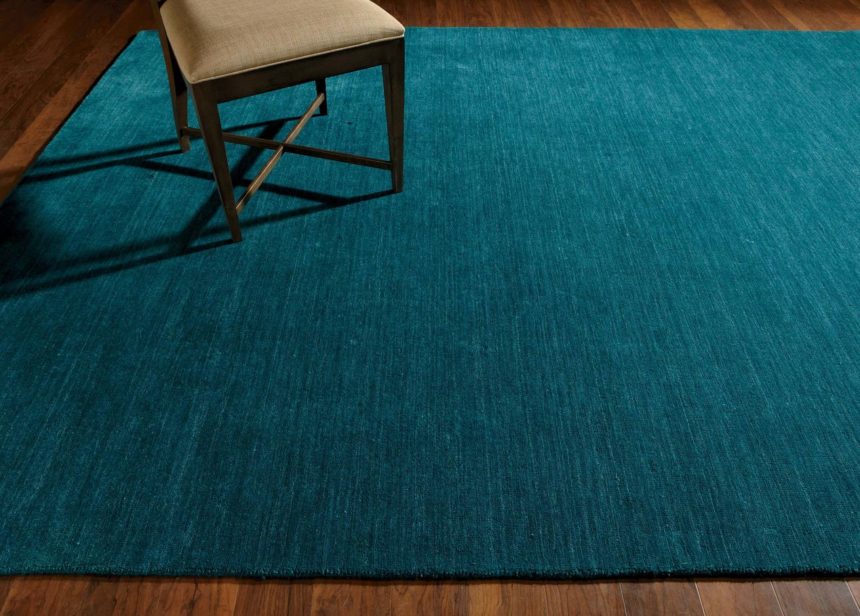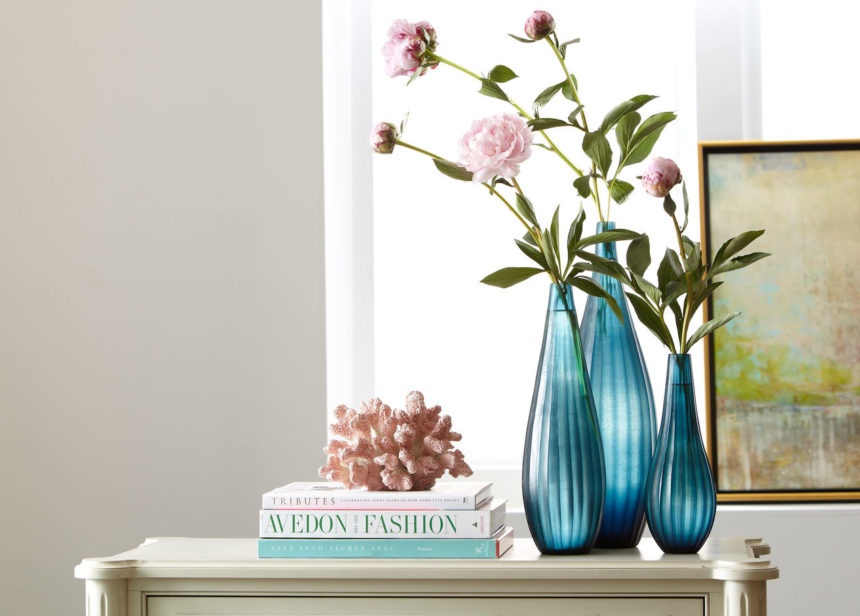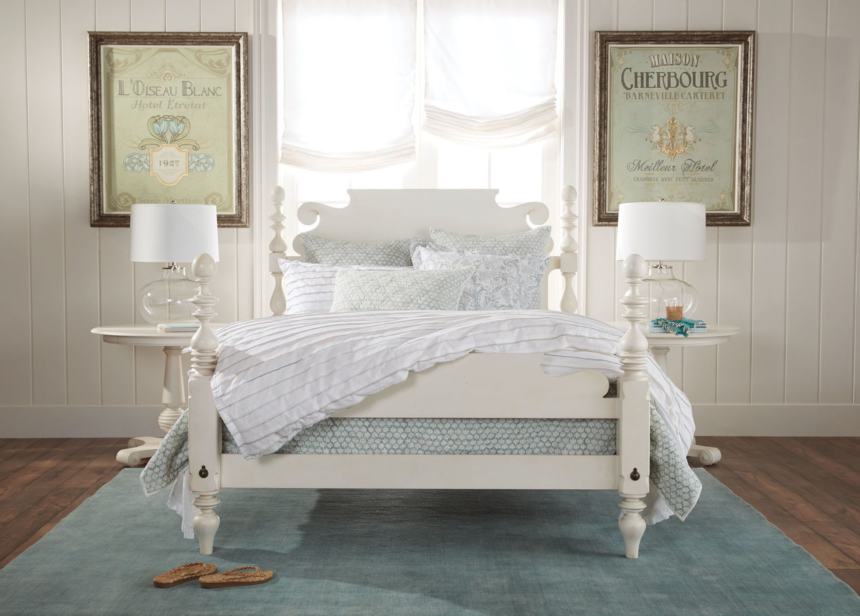Ethan Allen’s own Florence Grazi takes you behind the design to reveal the latest fabric trends!
One of Ethan Allen’s biggest passions is personalization: making it possible for you to customize our styles in ways that help you express who you are. Our collection of 1,000+ textile fabric and leathers is one of the ways we make that happen, and the mind behind our fabric collection is our director of fabric and leather, Florence Grazi.
We start by briefly introducing you to Florence and giving you a sense of her arc as both an artist and a trend spotter. Then, we’ll dive right into what’s hot in the world of fabric right now and share some images of Florence’s favorite fabrics.
Meet Florence
Florence knew she wanted to be a textile designer when she was fifteen years old. Like so many of us, she was inspired by a great teacher; in her case, the teacher was Joan Busing, a printmaker with whom Florence studied art.
Joan often invited former students to return and share their work with her current students. One such guest, a student at Syracuse University, introduced Florence to designing fabric patterns with gouache, a paint that blends some of the behaviors of watercolor with the opacity of acrylic.
“I was totally enamored,” Florence remembers. “I thought, ‘This is what I want to do. I want to do something where I can just play with this stuff all the time.'” On a college evaluation visit to Syracuse, she met a senior student in the surface pattern studio who had interviews lined up at both Ralph Lauren and Hallmark. Seeing the chance not only to perfect her art but also to build a rewarding career, Florence earned a BFA from Syracuse and started putting her knowledge to work.
She began her career with Stacy Garcia, who had just launched a design house in New York City (Florence also interned with Garcia during her degree program and considers her an important mentor). At that point, Garcia was running her startup from a basement, with a focus on design for the hospitality industry. She has since branched out into residential categories, moved into office space, and become a sought-after speaker and designer. For Garcia, Florence developed patterns for both upholstery and soft goods fabrics (think bedding and pillows), along with patterns for wallpaper and carpet. She then moved on to Kravet, where she developed signature looks for midrange and licensed fabric collections—most notably, the Candice Olson collection.
Ethan Allen has been a place where Florence’s passions come together: designing fabrics, spotting trends, and developing finished products that people will love. She credits her predecessor, Anne Lekow (now Ethan Allen’s senior director of upholstery merchandising), as a mentor who helped her combine both her product development experience and her trend-spotting know-how with an appreciation for how every fabric will look once it’s applied to a frame.
In fact, Florence says the most rewarding part of her job is seeing the gorgeous fabrics she works so hard to develop come together with a frame to create the perfect piece—that point at which the two-dimensional becomes three-dimensional. “The coolest thing I ever saw was the conveyor belt of furniture,” she says with a laugh, recalling a visit to one of Ethan Allen’s North American plants. “I thought, ‘This is the moment. This is the moment I’ve been waiting for.’ All the different furniture coming down the belt. All different patterns, all different frames. Fashion is something I look to for inspiration. This is my fashion show. That’s my runway.”
Throughout her career, Florence has had a passion for knowing what’s next in the world of textiles. Without further ado, we bring you Florence’s take on the latest fabric trends.
Pattern in Textile and Design: It’s Back!
We all know the usual advice for decorating a room: Start with neutral investment pieces and add colorful or patterned accessories to personalize the design. If Florence had her way, she’d turn that advice on its head—today.
“I think that people turn to neutral because they’re comfortable with it, and it’s an investment, and you can live with it for a long time,” she says. “I would love to start with a pattern and with color. And I’m starting to see that with some of the higher-end designers who have blogs and also in high-end publications.”
Florence has noticed a trend toward more large-scale botanical patterns, including tropical prints and florals. “There’s really an emphasis on bring the outdoors in,” says Florence, “but what’s next for florals? I don’t know that it’s necessarily super traditional or formal. It’s like a new construction. Florals that are big bouquets—they’re showing them now at triple the scale. Old-school bouquets shown on a black ground at twice the size. It’s all about changing something to make it for today rather than repeating history.”
In fact, people seem to want a fresh take on something already made: “A really traditional damask from the eighteenth century can be new again with a change in construction or a change in color.” Florence points to a metallic damask that Ethan Allen recently released, a metallic print on a linen ground. “It’s high and low. I love the juxtaposition, the mix of something shiny with something dry.” Even solids, she says, are incorporating that mix of matte and sheen to add a sense of dimension.
Florence also loves to see ancient techniques like block printing, which originated in ninth-century China during the Tang Dynasty, take on new life in today’s fabric patterns. One of the fabrics she developed for Ethan Allen’s Passport look, Mandron Pool, is a great example. See how this performance fabric is made.
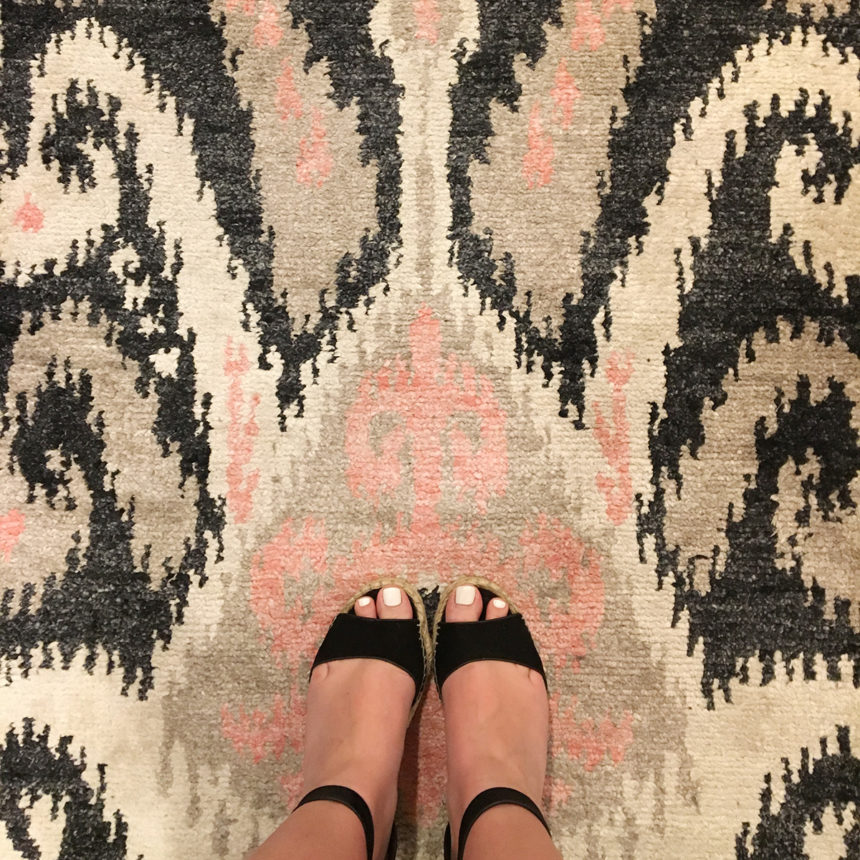
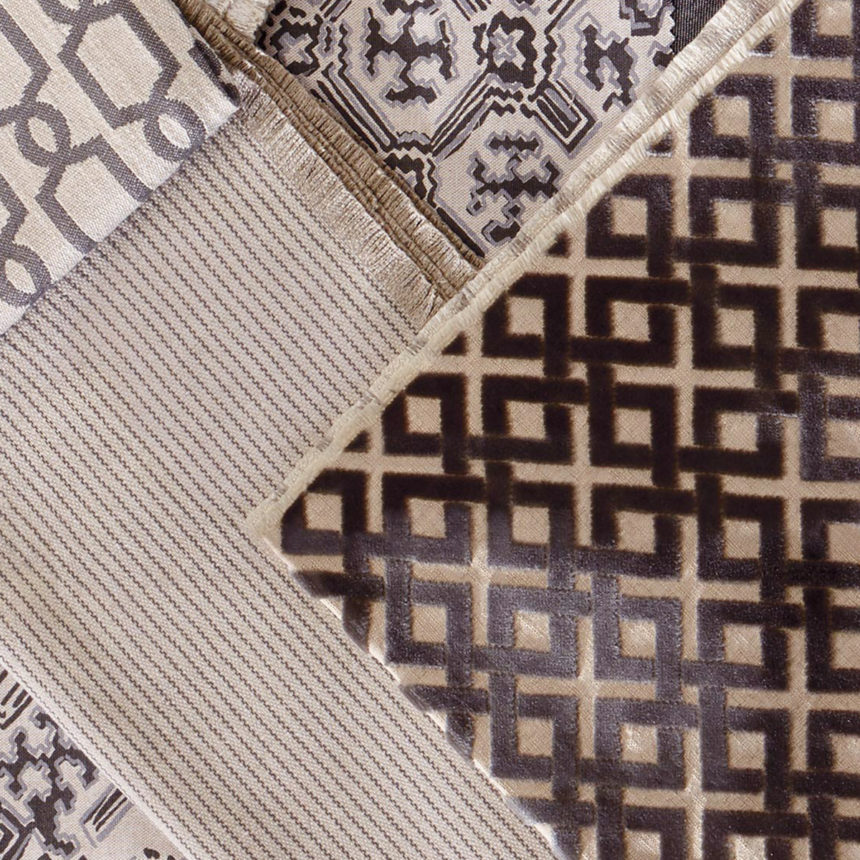
Color Is Everything
Florence’s love for pattern goes back to the days she spent in her high school teacher’s studio. “It’s my core,” she says. “It’s my heartbeat.” She’s equally passionate about color, and that passion is essential because textile fabrics are often the first place Ethan Allen’s merchandising team starts when creating a new look.
For Uptown, which released in Spring 2018, Florence found inspiration at a textile fair she attended in Italy. What she saw helped her develop the signature Uptown palette, which consists of deep jewel tones and light gemstone hues. Amethyst and eucalyptus, a color Florence describes as “slate-y teal,” are the core colors.
To pair beautifully with Florence’s Uptown palette, Ethan Allen created an all-new finish called champagne brass. The team also chose cooler brown tones for many of its wood finishes, which look gorgeous with the fabric palette and the new finish—all built around Florence’s initial concepts.
“This is the thing about color and design, period,” Florence says. “It stems from somewhere in history; it regenerates itself. People say, ‘We’ve been there; we’ve done this.’ Not this way. It’s all about figuring out the angle.”
When it comes to color, Florence sees pastels as the on trend, particularly grayed-out hues that pair beautifully with finishes like lacquer, crystal, brushed metal, or Lucite. “I think what’s happening is there are light grayed pastels, like blush, mint, and lavender—I think these are becoming the new forms of neutrals. Also light, soft grays rather than charcoal.” In other words, blush is so much more than millennial pink; it’s en vogue because it pairs so beautifully with stylish finishes, wall colors, fabrics, and decorative elements. Other on-trend colors that pair beautifully with gray include—
- Greens are available in a wide range of shades—eucalyptus, sage, olive, moss, grass—and they have the added benefit of bringing the outdoors in. One example is Ethan Allen’s Lallana Emerald fabric, a bold tropical print in a range of greens, with a hand-sketched look that makes it modern and fresh.
- Apricots that are less coral and more soft and fresh; think a light peach.
- Limoncello, which Florence describes as a yellow with a hint of Dijon mustard.
- White in shades of pearl and graceful cream; with today’s high-performance fabrics, you can upholster in white without worrying that stains and spills will shorten the life of your fabric.
Again, it goes back to interpreting familiar things in new ways. “I love anything that has a little bit of history. It makes something feel grounded. Color is an opportunity to set a mood, where depending on what you’re going for, you can make something more serene or more exciting.”
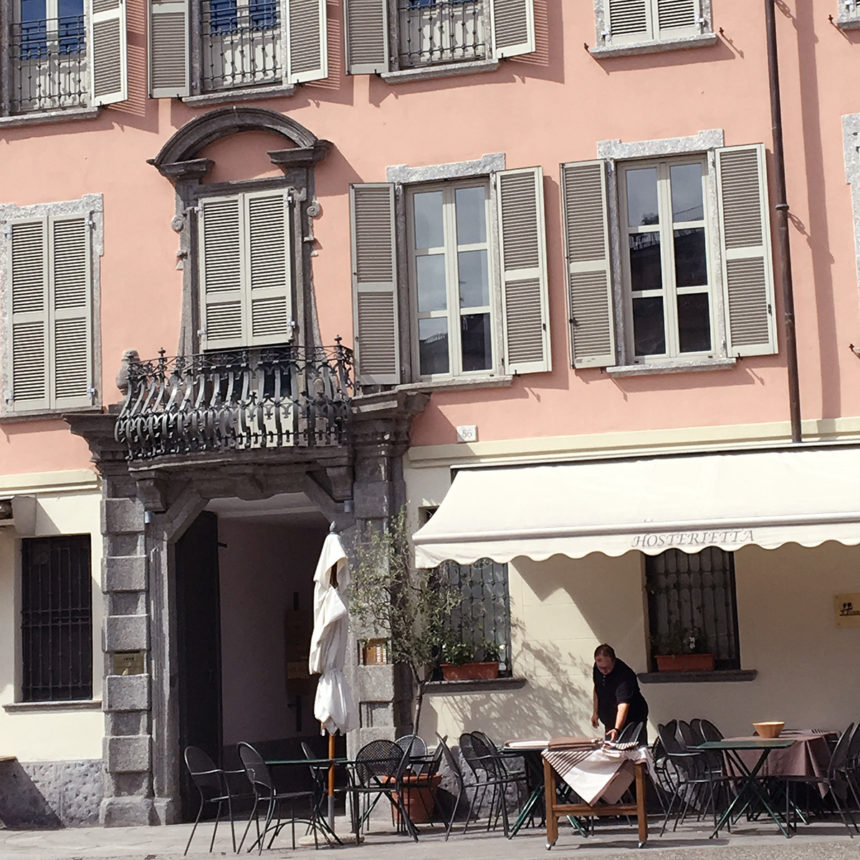
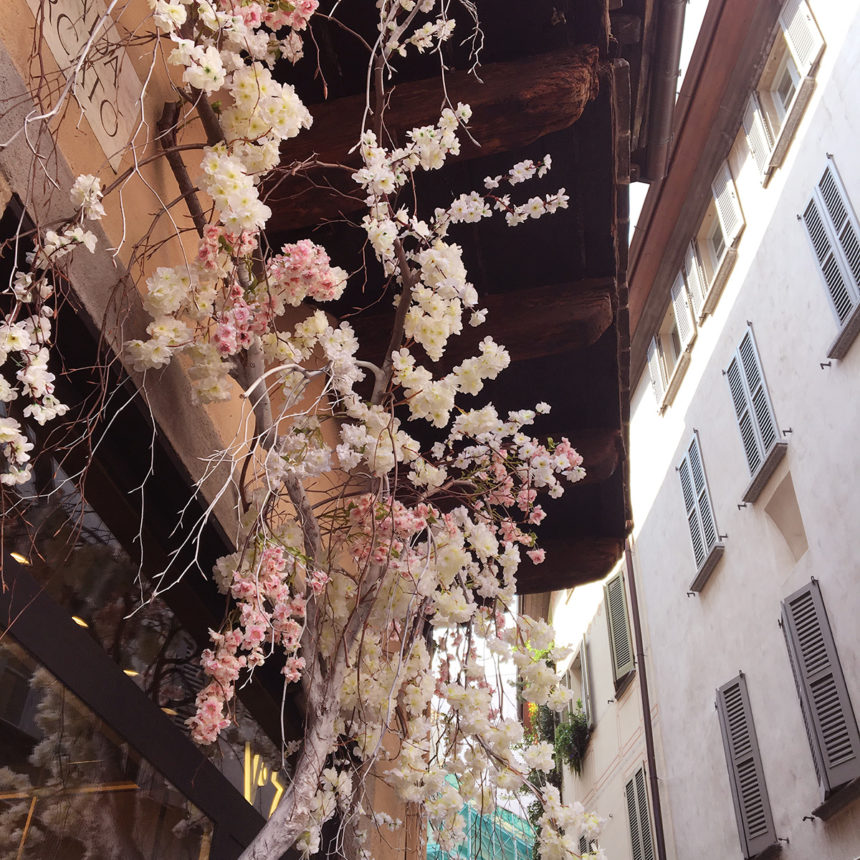
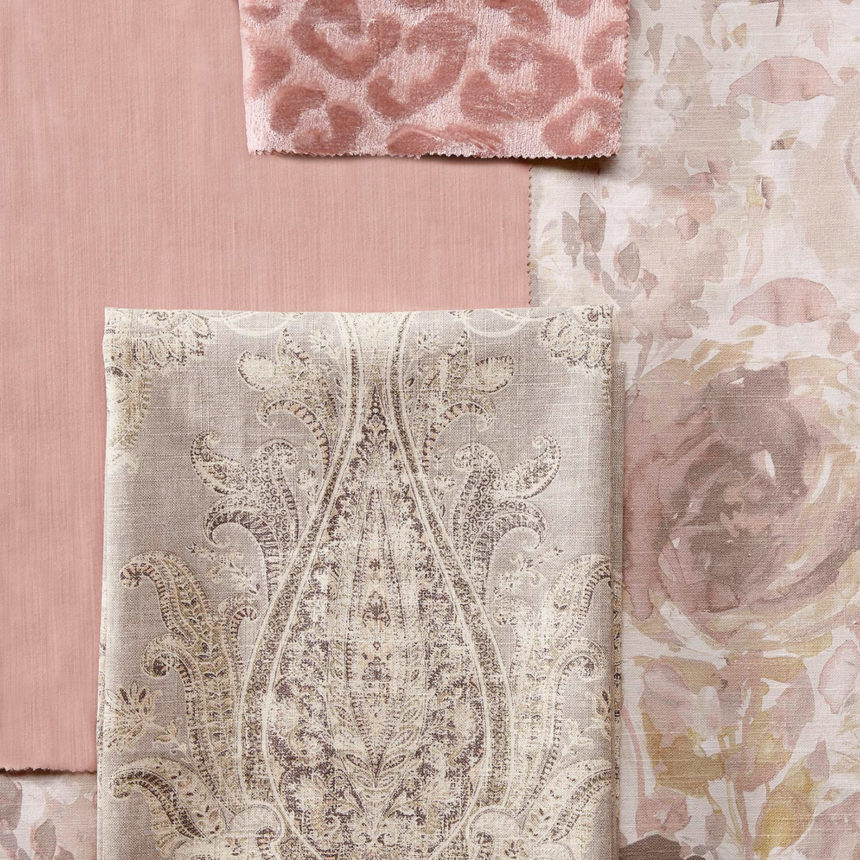
Texture Trends
Not everyone is up for upholstering their sofa in a bold pattern, and that’s okay! Trendy textured fabrics have become a great way to add visual movement to larger furnishings; Florence calls them “plains with character.”
Tone-on-tone patterns, like herringbone, perform the function of a solid while adding dimension. “The way you can keep things interesting is by adding texture,” she says. “People are using texture on their large-scale pieces. That becomes a bit of a statement, but it’s soft, and it’s easy to live with.”
Velvets have been on trend for a while, and they’re gorgeous on large-scale pieces. (We featured our Oxford sofa in lush green velvet on the cover of our February 2018 magazine, and we even have high-performance velvets, like our Ramona Velvet in Ballet Pink.) Another on-trend textured choice for a sofa or sectional is bouclé, which Florence says can look incredibly chic when it’s paired with beautiful accent pillows and textiles.
And surprise!—tailored chenille is also in vogue, and Florence isn’t talking about your grandmother’s chenille. Today’s on-trend chenilles get their look less from pile and more from fill and warp direction.
Putting It All Together
Florence spots trends in Manhattan, where she lives, and also draws inspiration from New York’s thriving world of fashion. She talks to her huge network of suppliers to see what they’re developing, and she shows them what she’s creating to get a feel for how new designs could perform on the market.
Staying on trend is important, but what ultimately matters to Florence is quality. “I’m a value shopper. I want to make sure I’m getting the best things for my buck,” she concludes. “Since you’re paying what you’re paying for a piece of furniture, I want to make sure every fabric I put out there for anyone to live with has all the design touches that our clients deserve.”
If you enjoyed meeting Florence and getting the lowdown on fabric trends, here’s what to do next:
- Follow Florence on Instagram @friendsoflorence, and keep an eye out for her takeover of Ethan Allen’s Instagram account on May 18.
- Share ways you’ve personalized Ethan Allen furnishings with creative fabric choices, tagging them #EthanAllenDesign—we like to see them and share our favorites!
- Get the latest design tips and trends by subscribing to The Art of Making Home.



